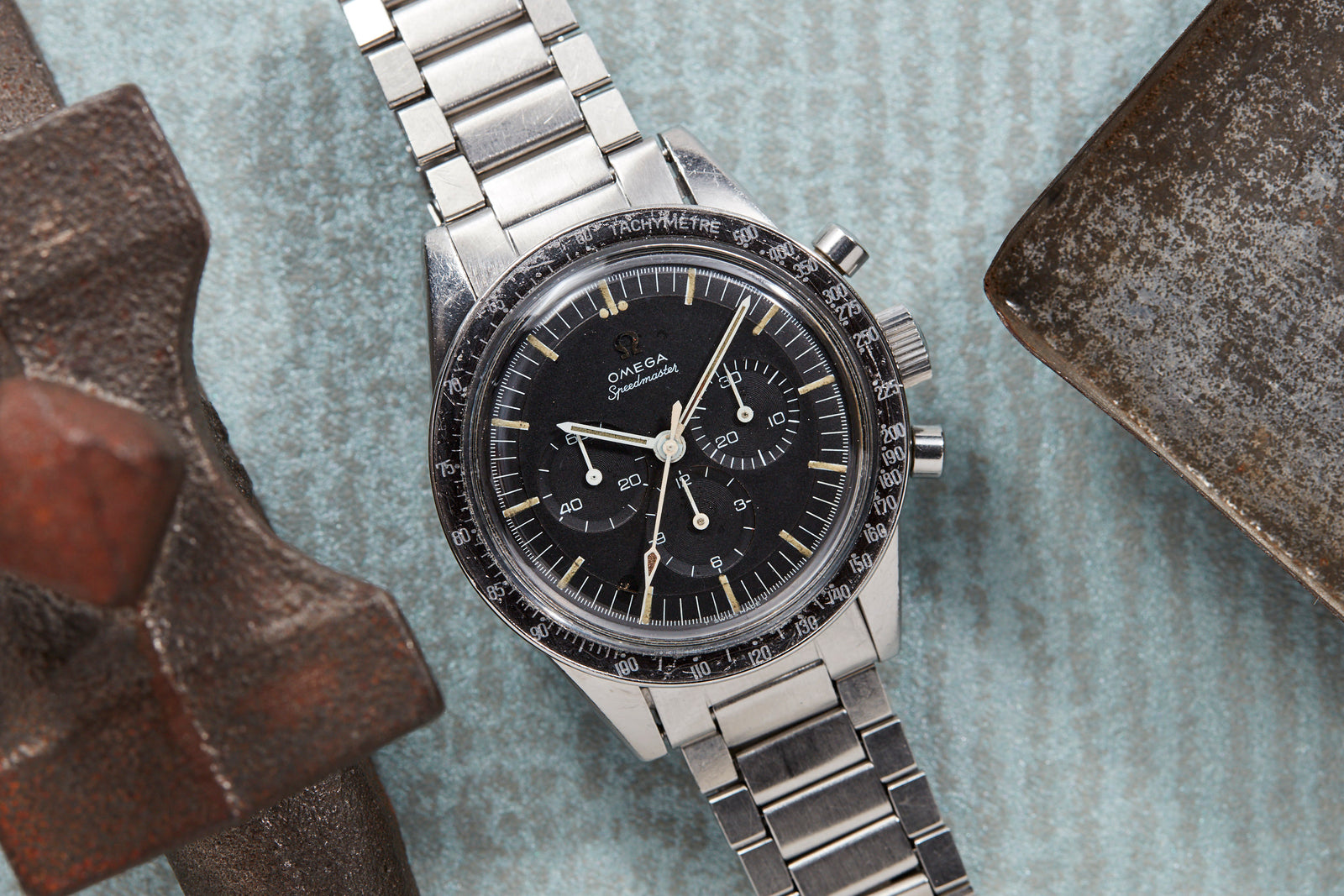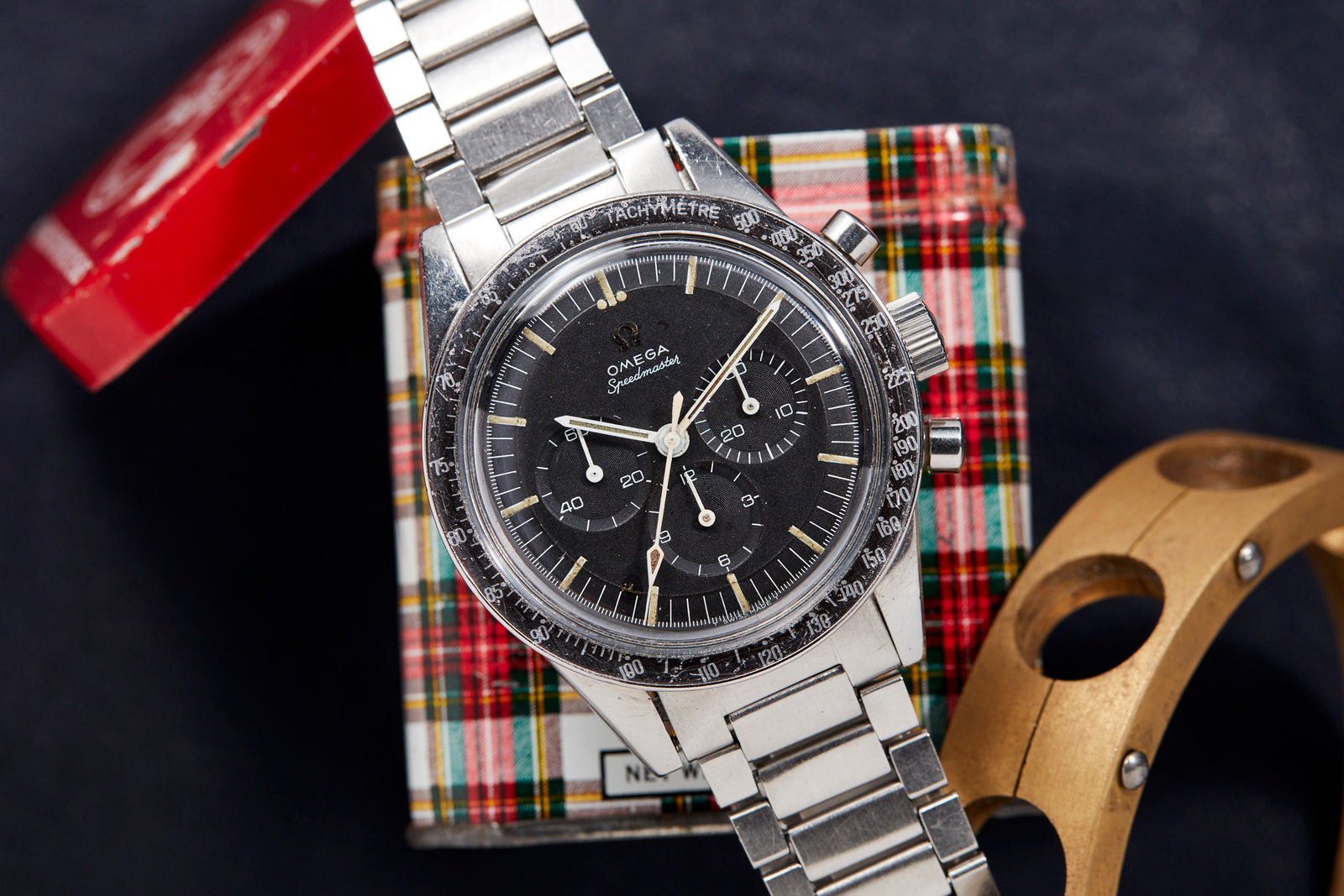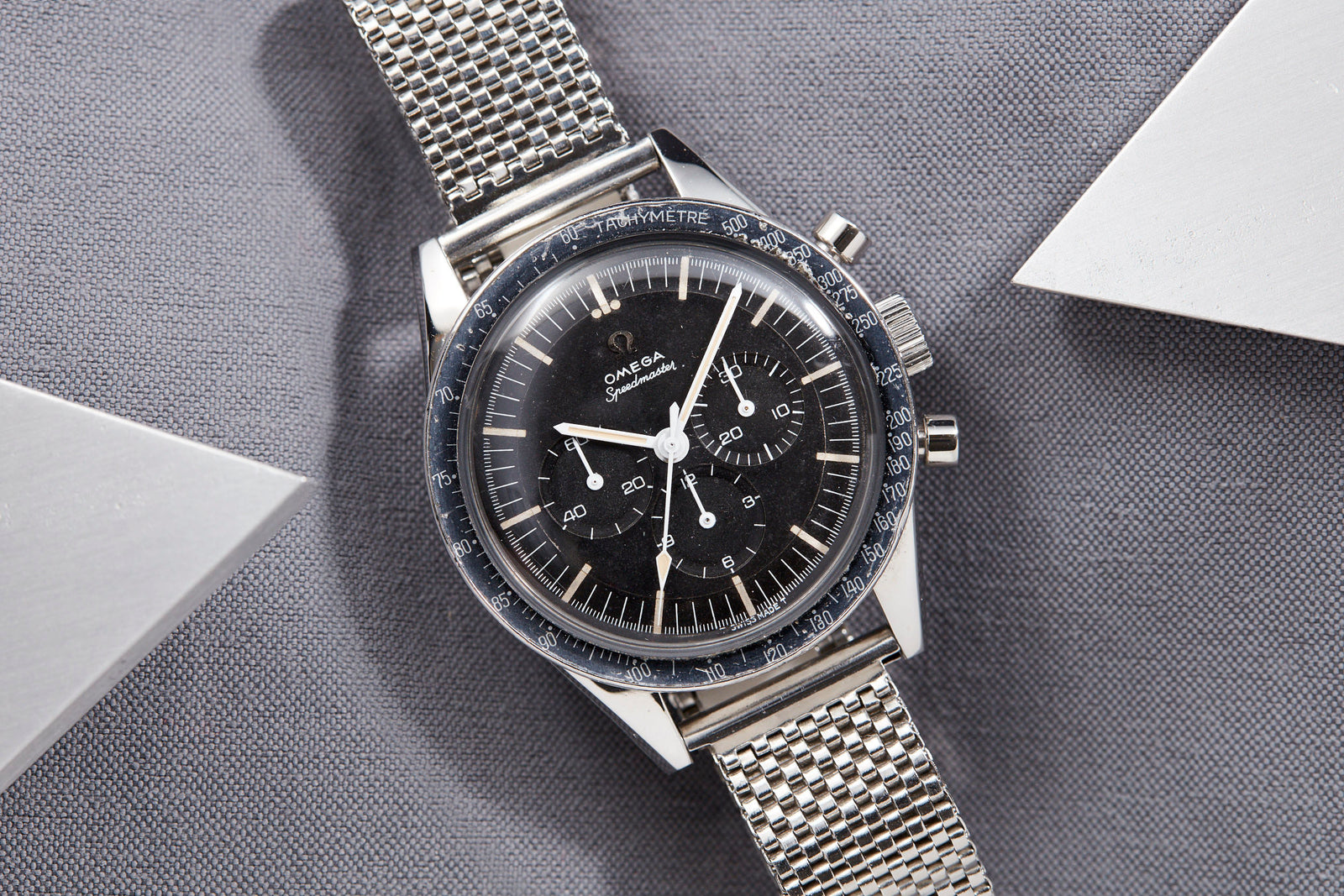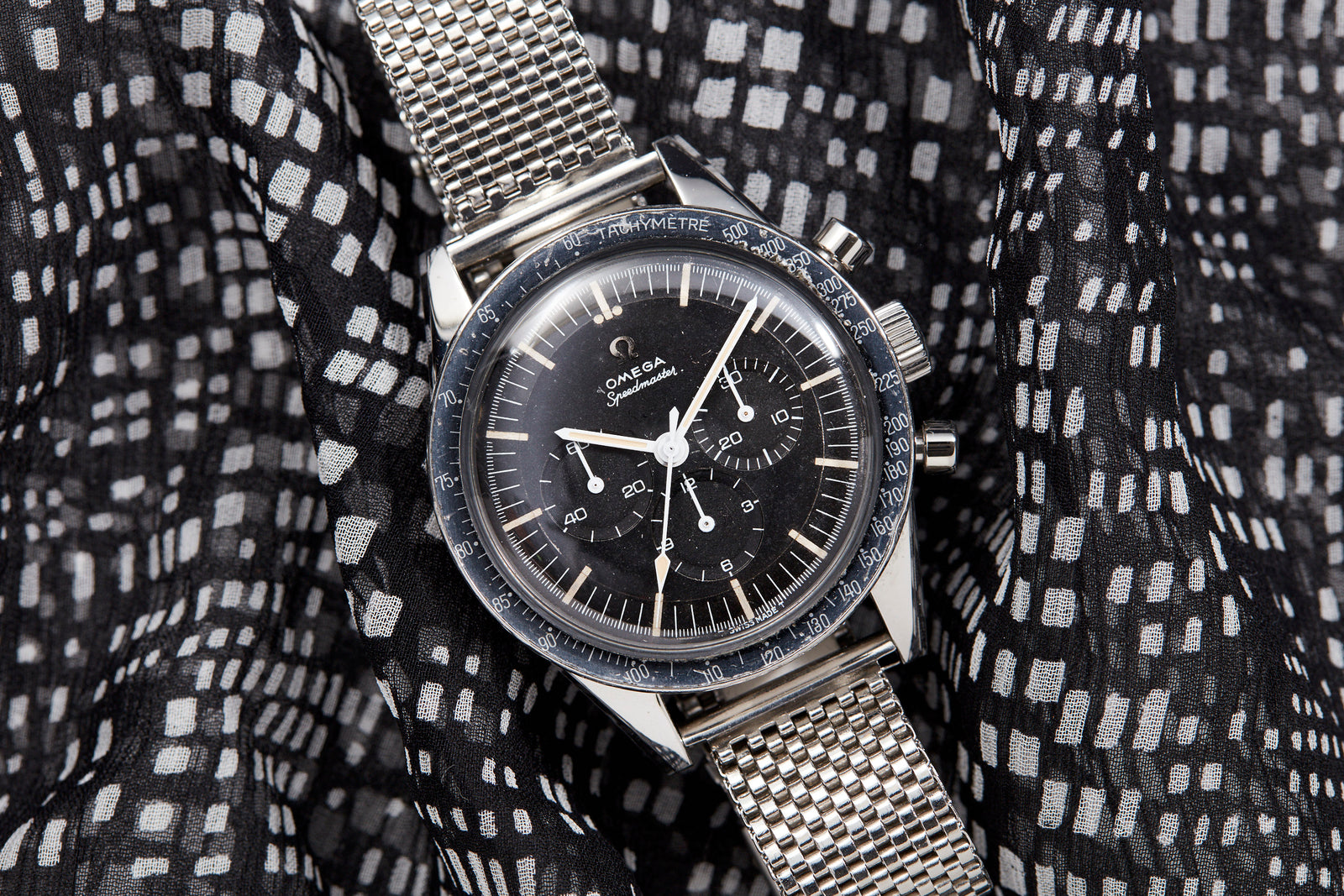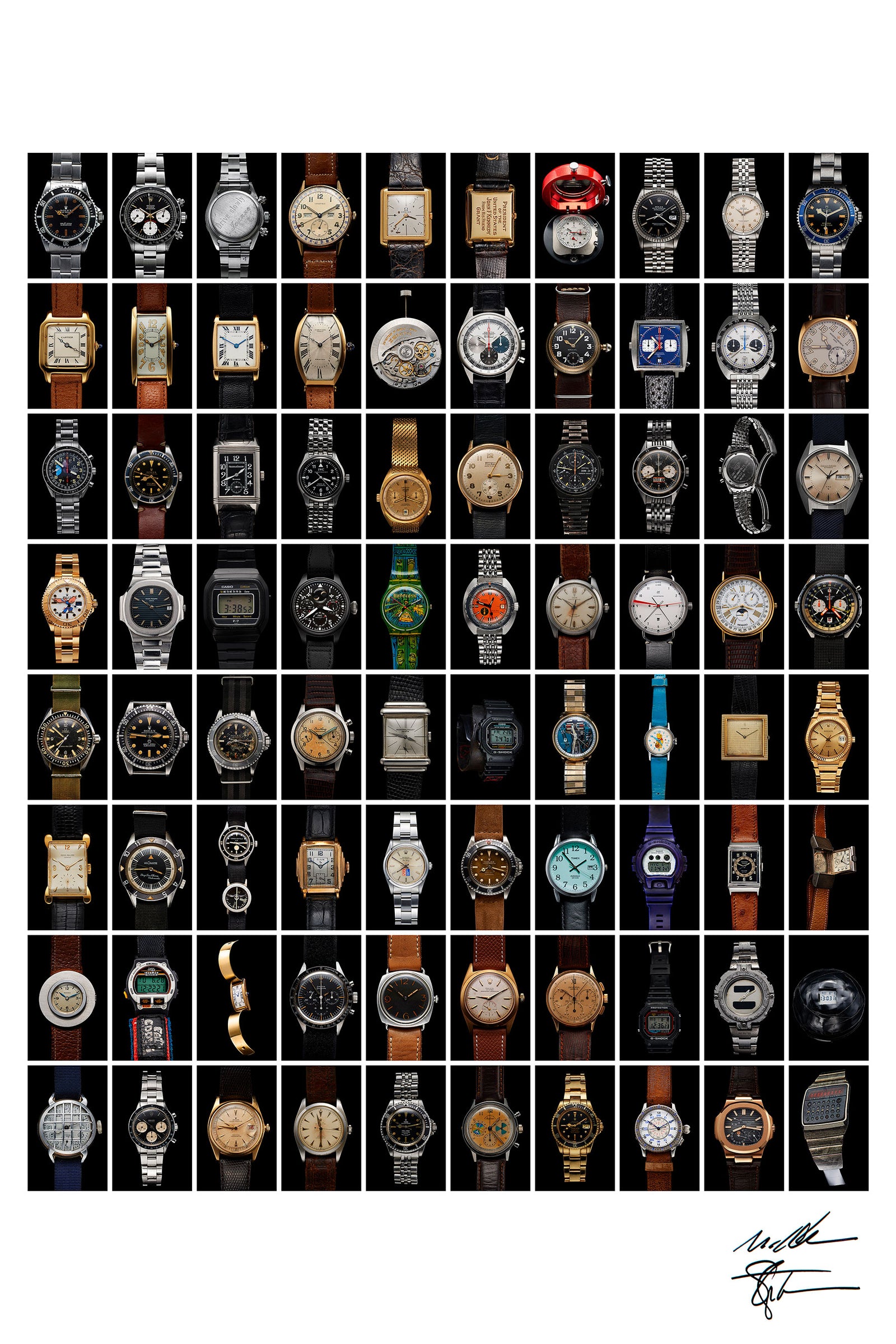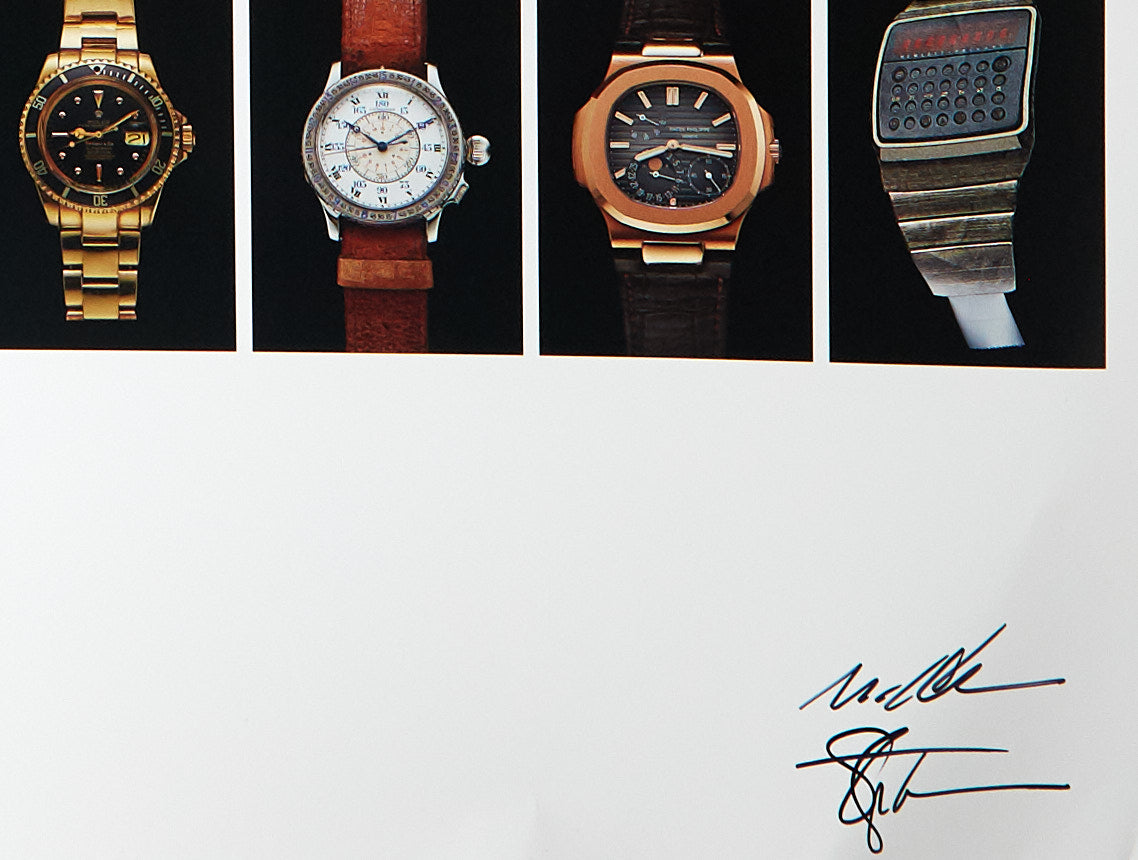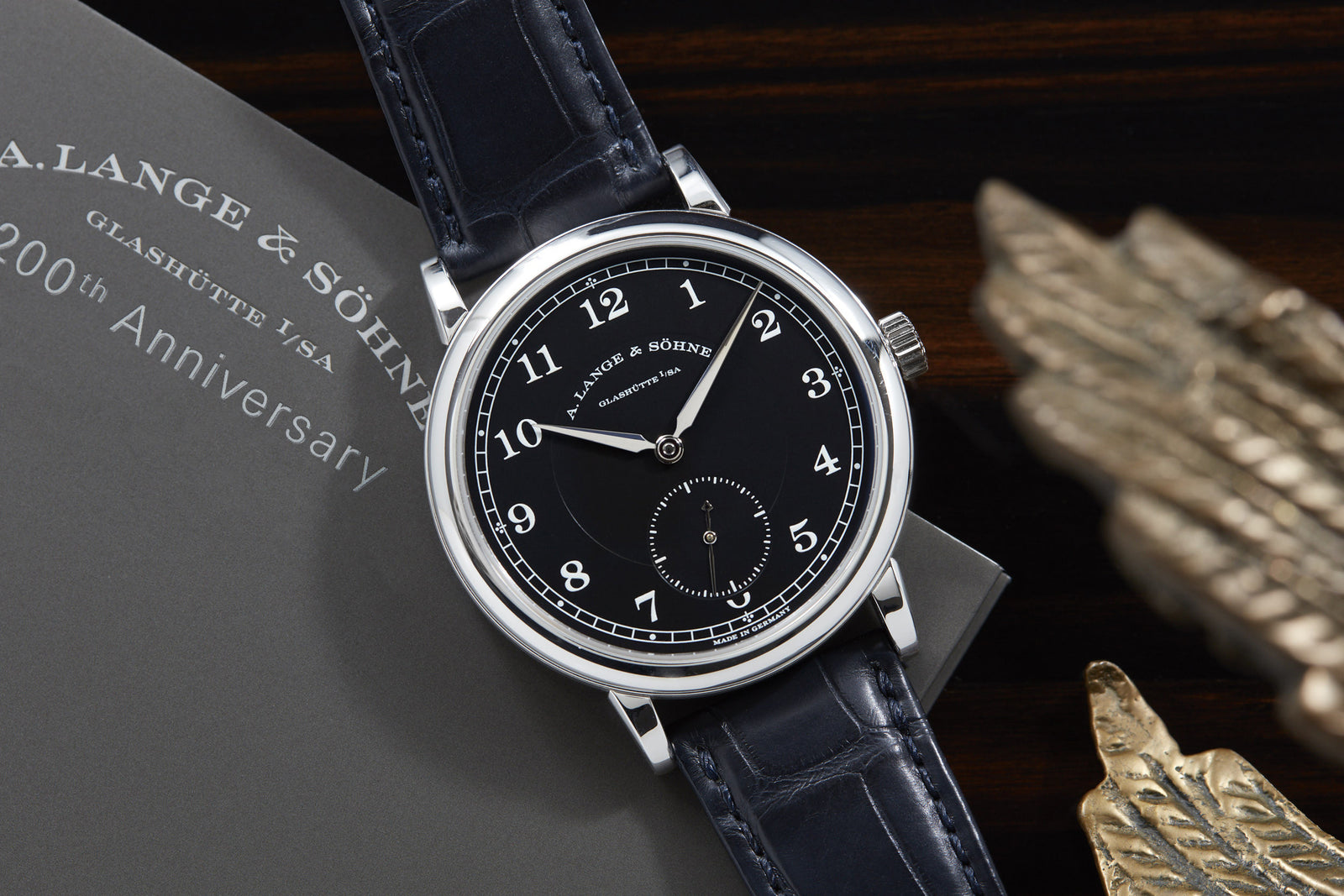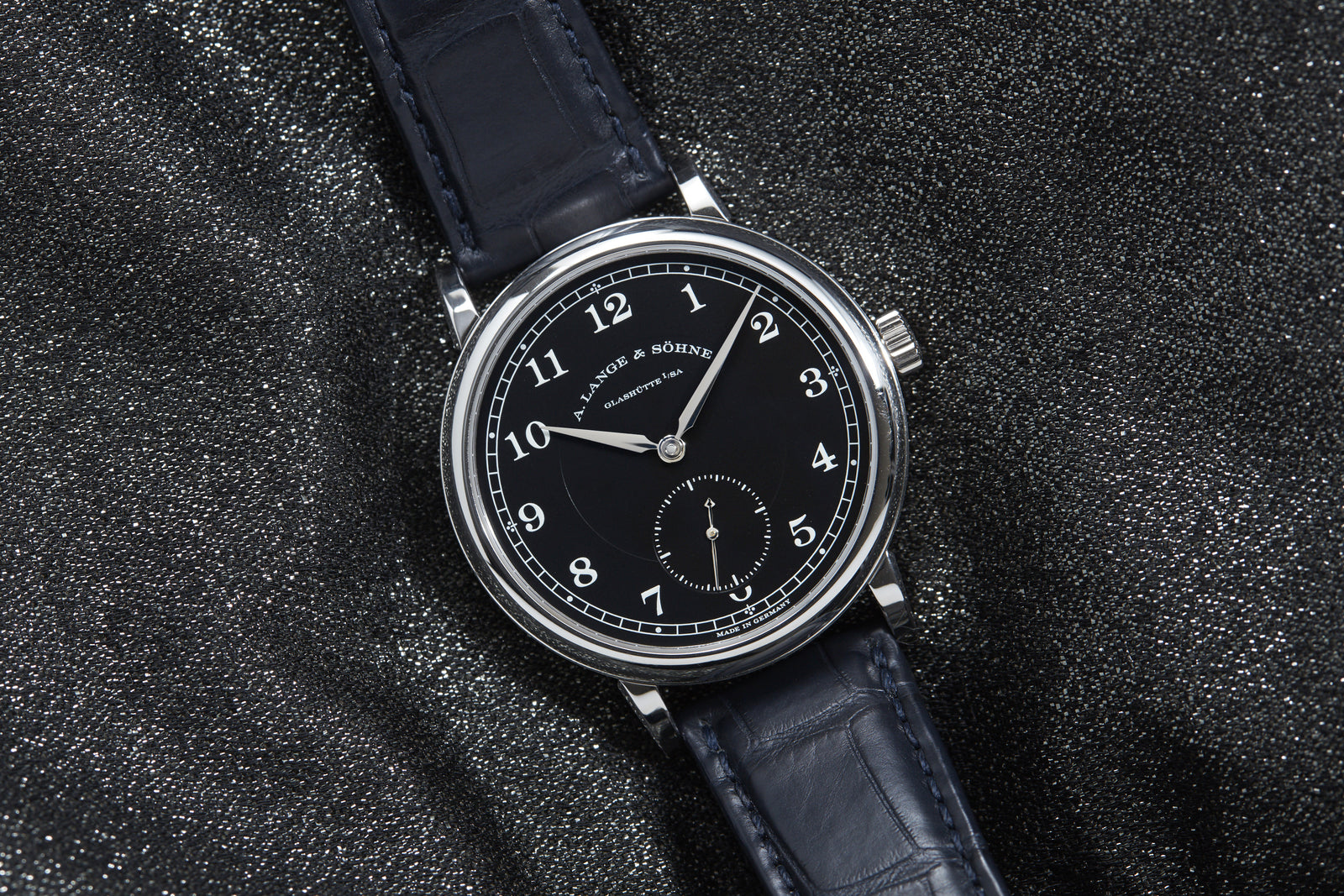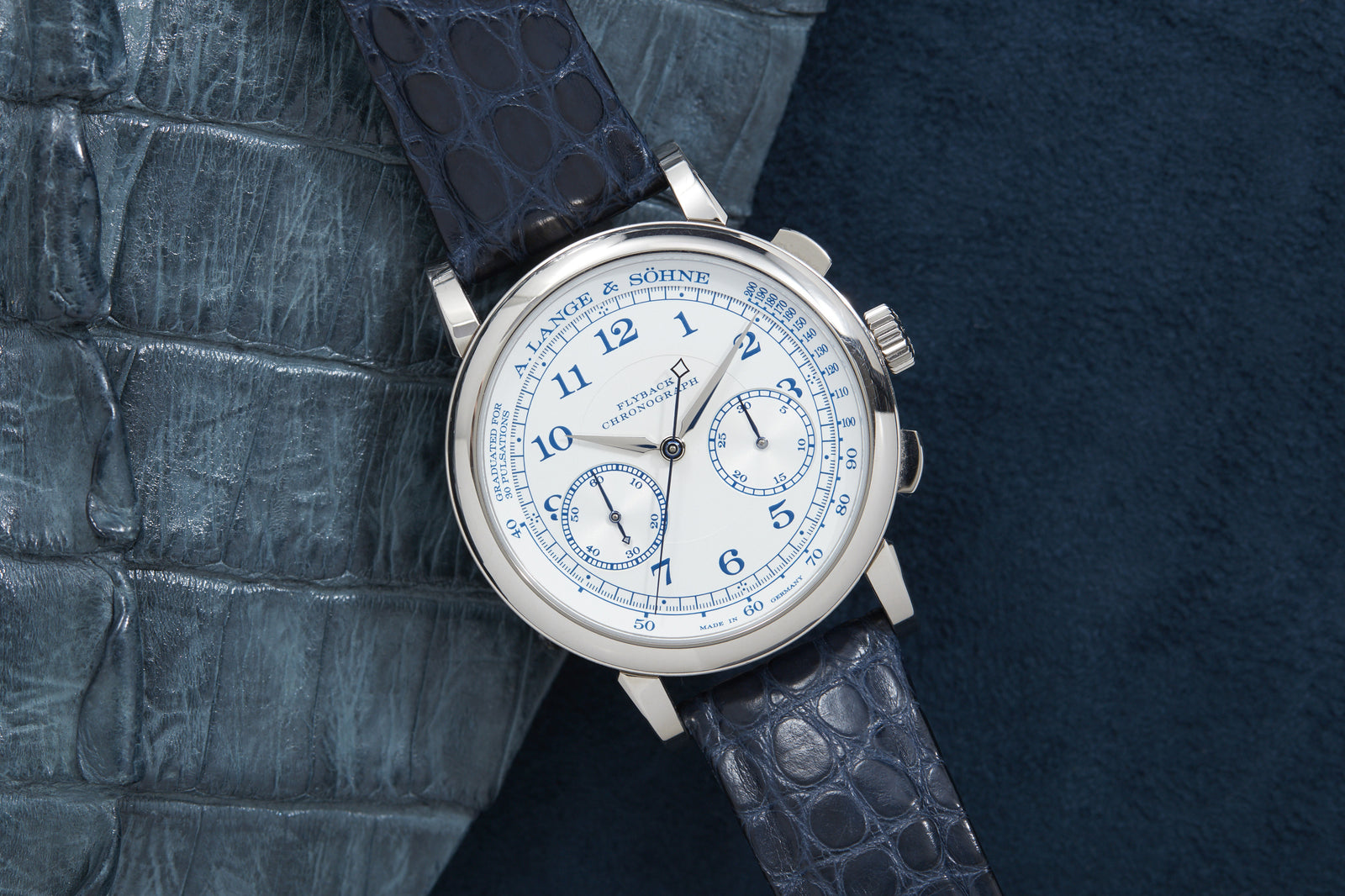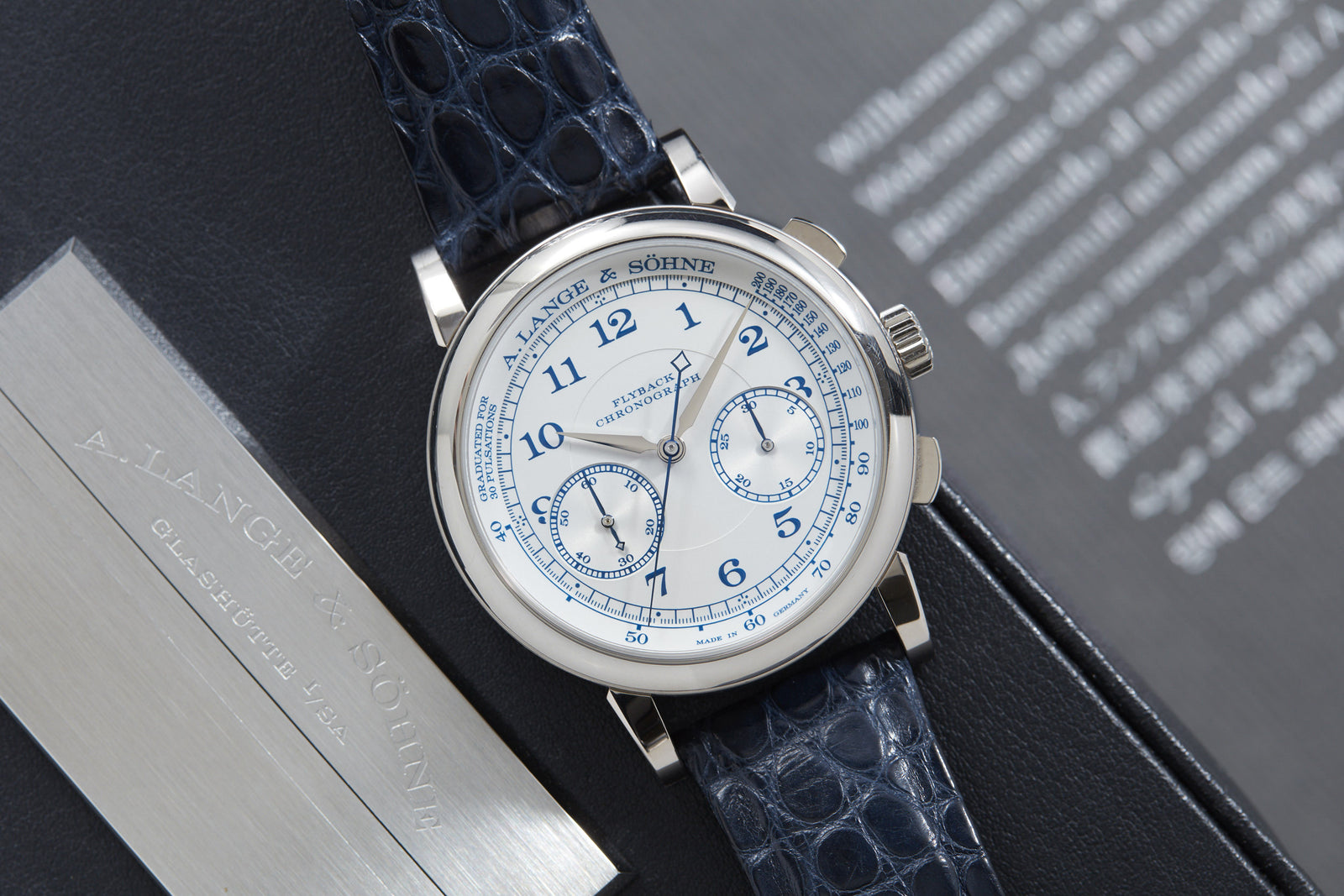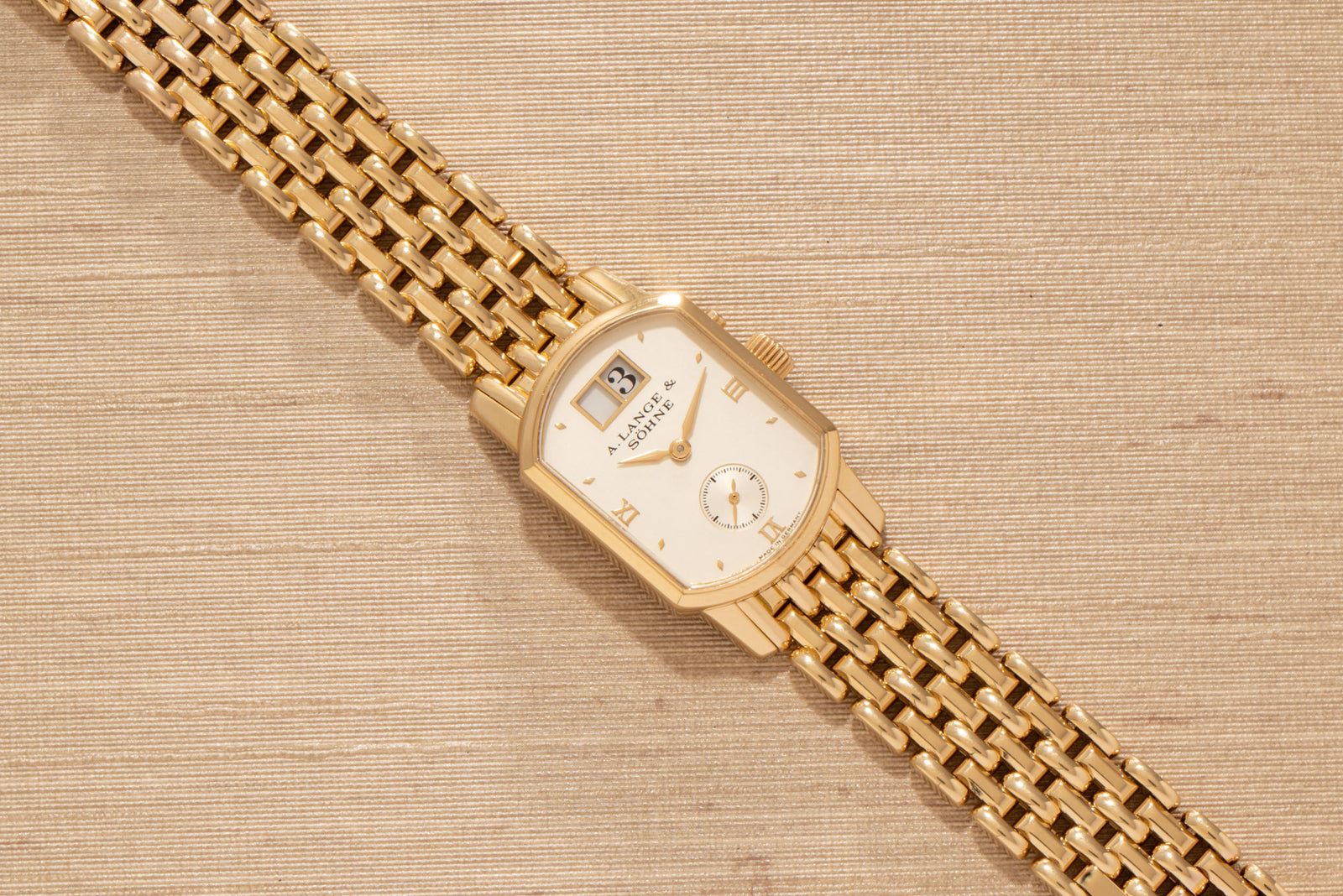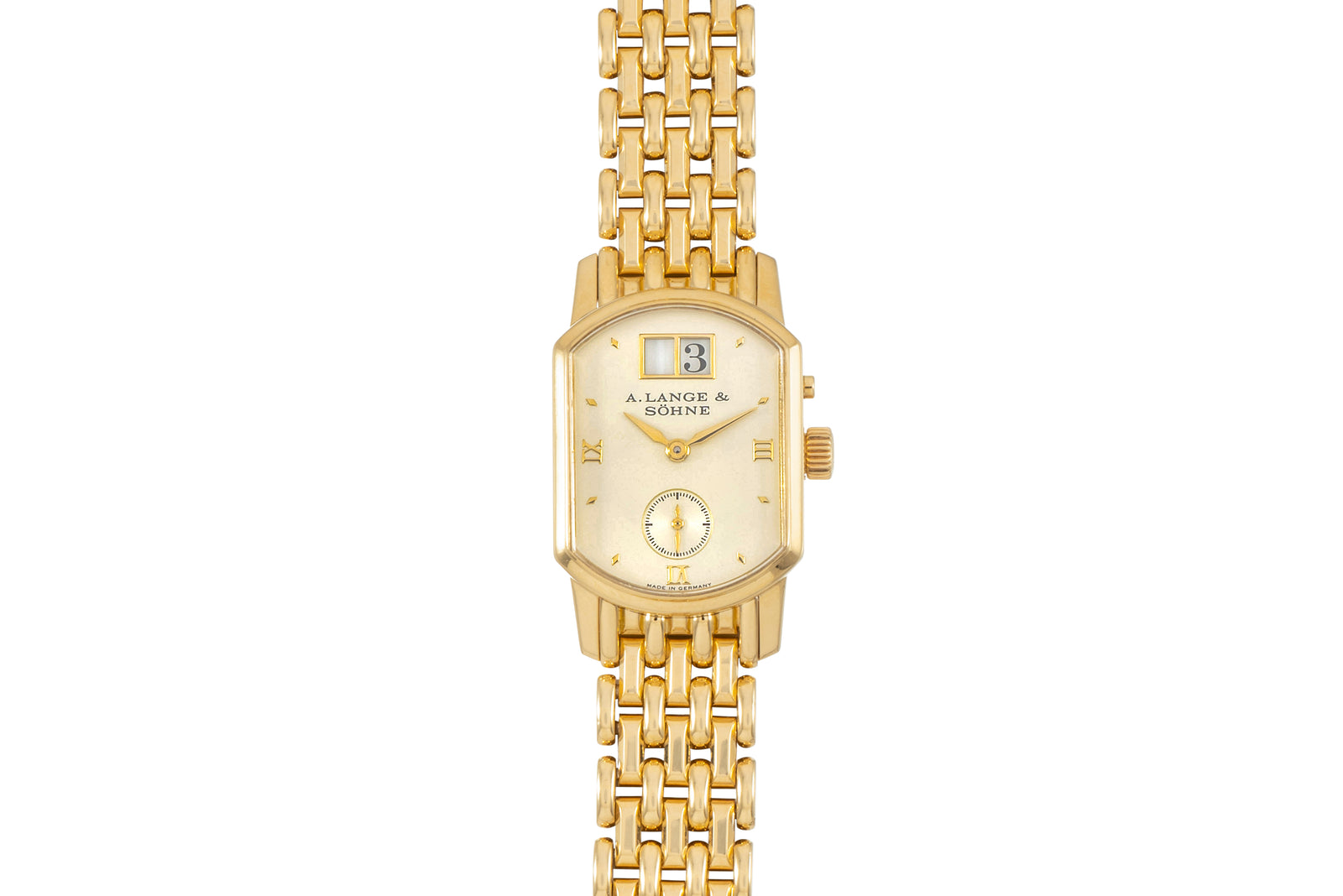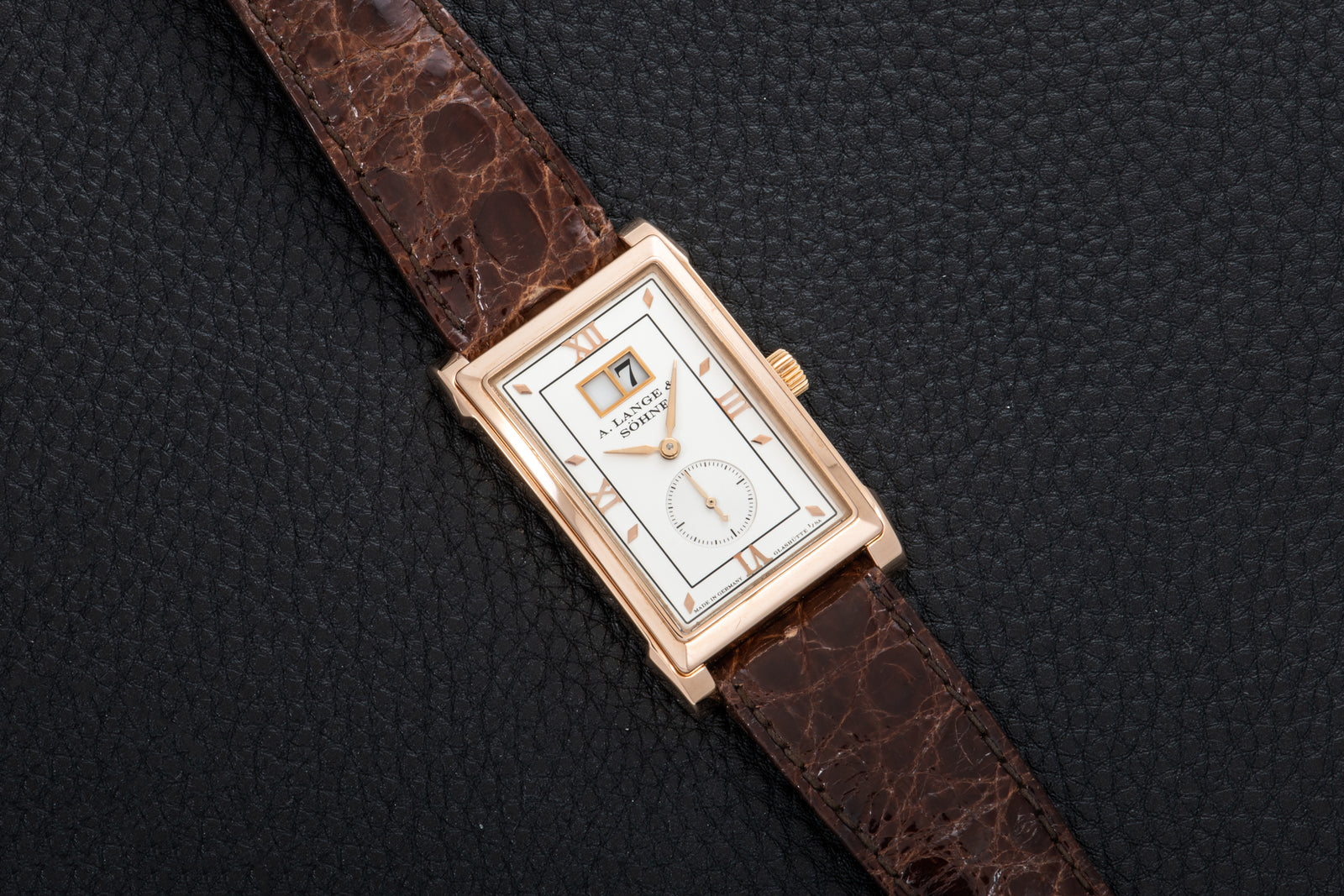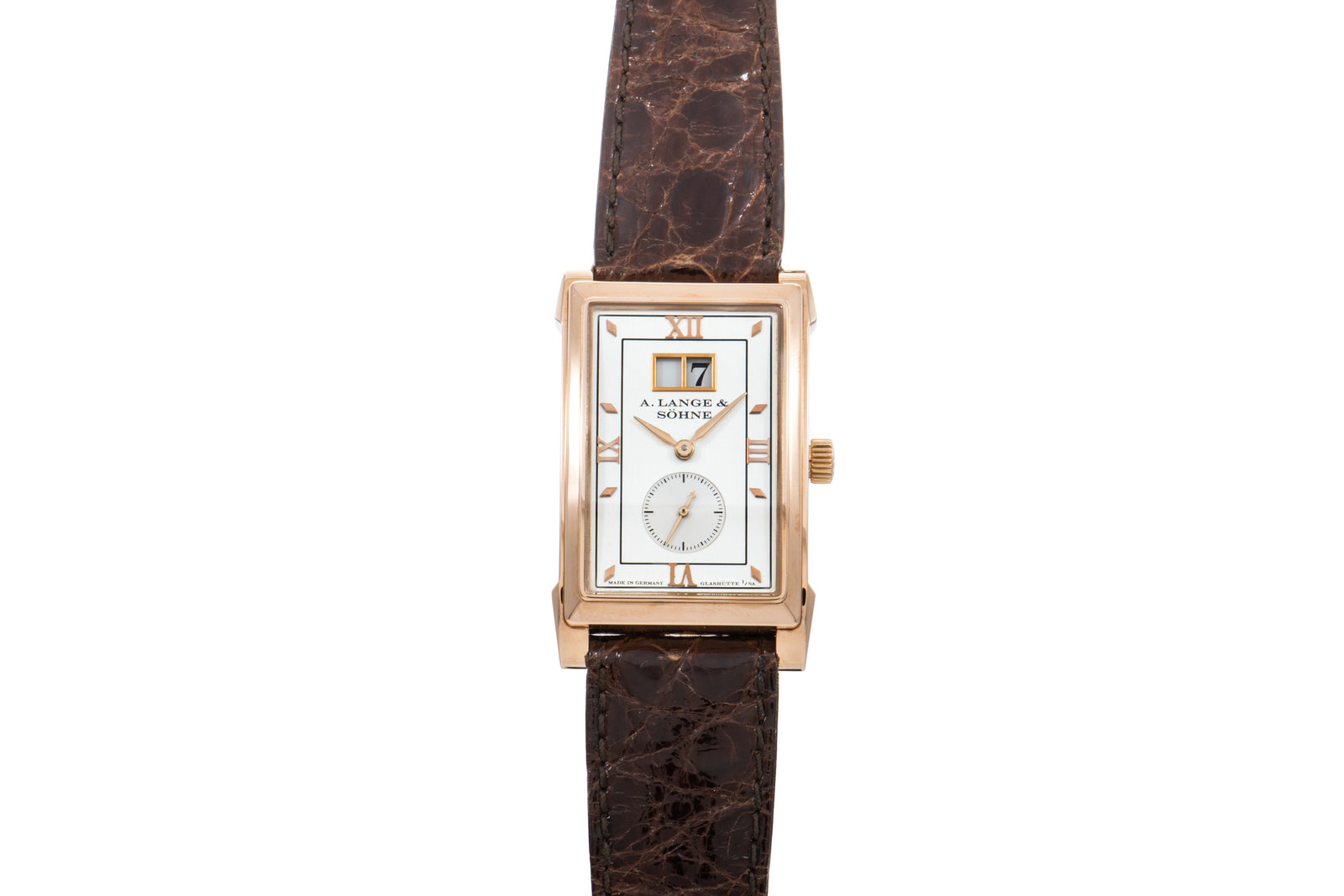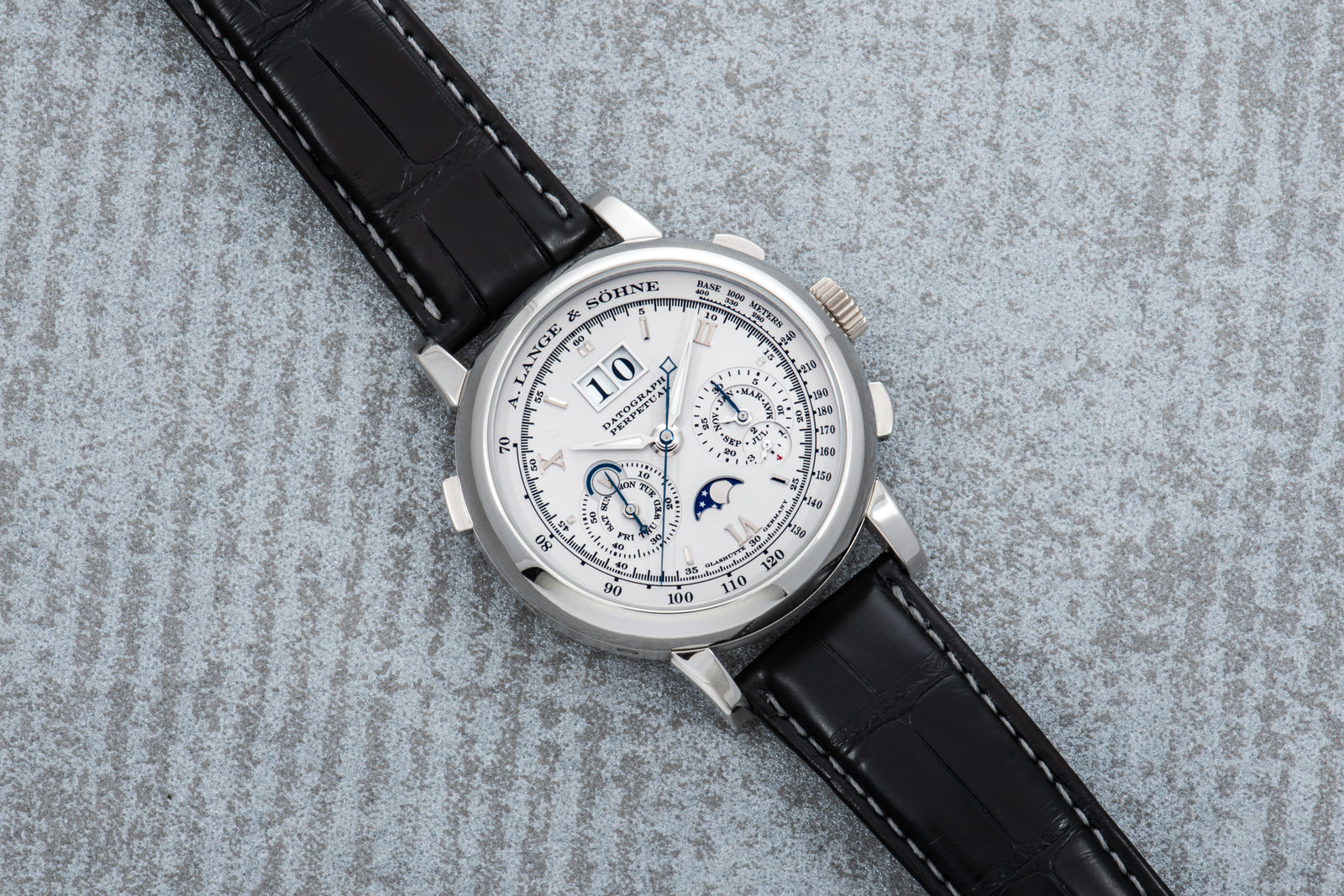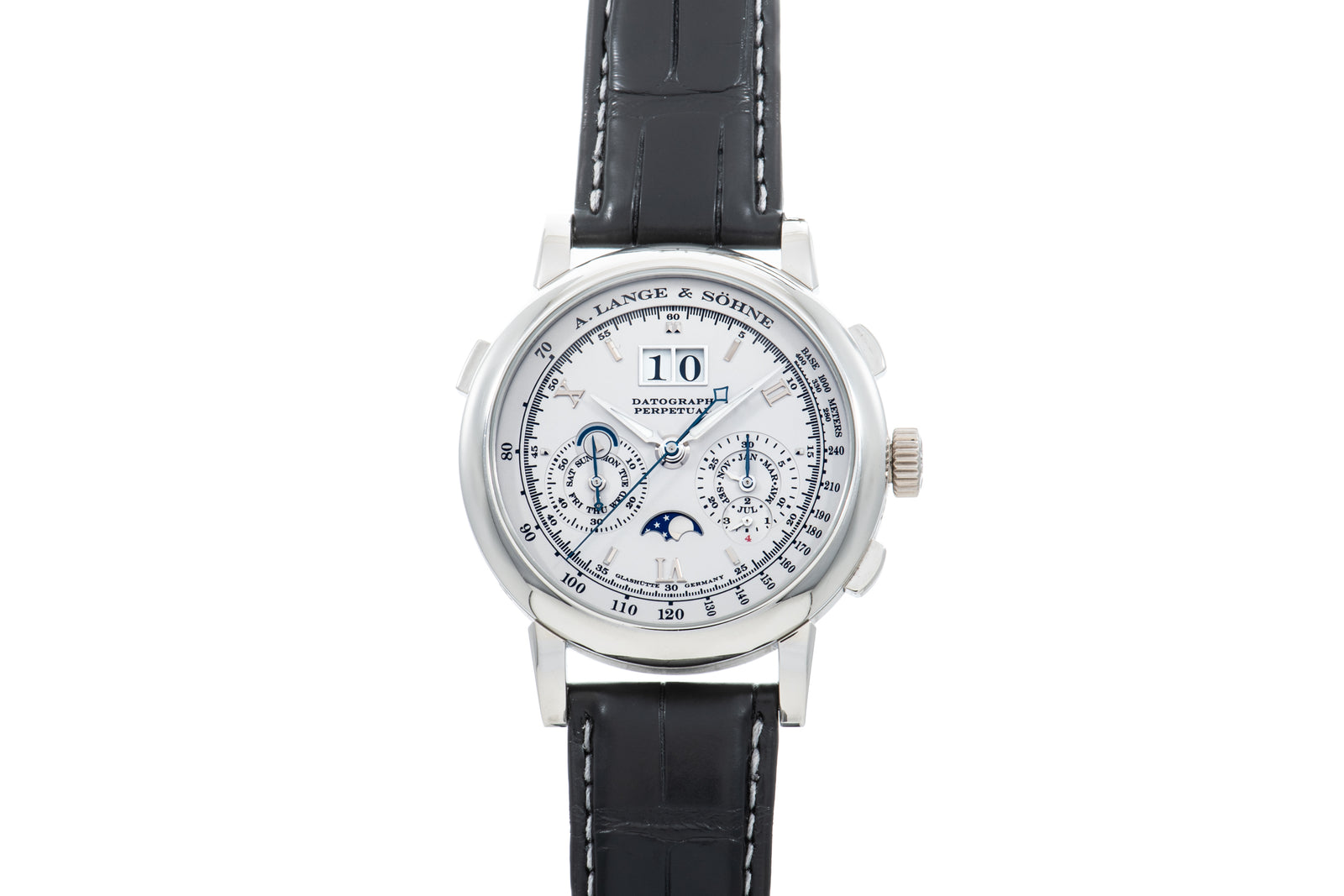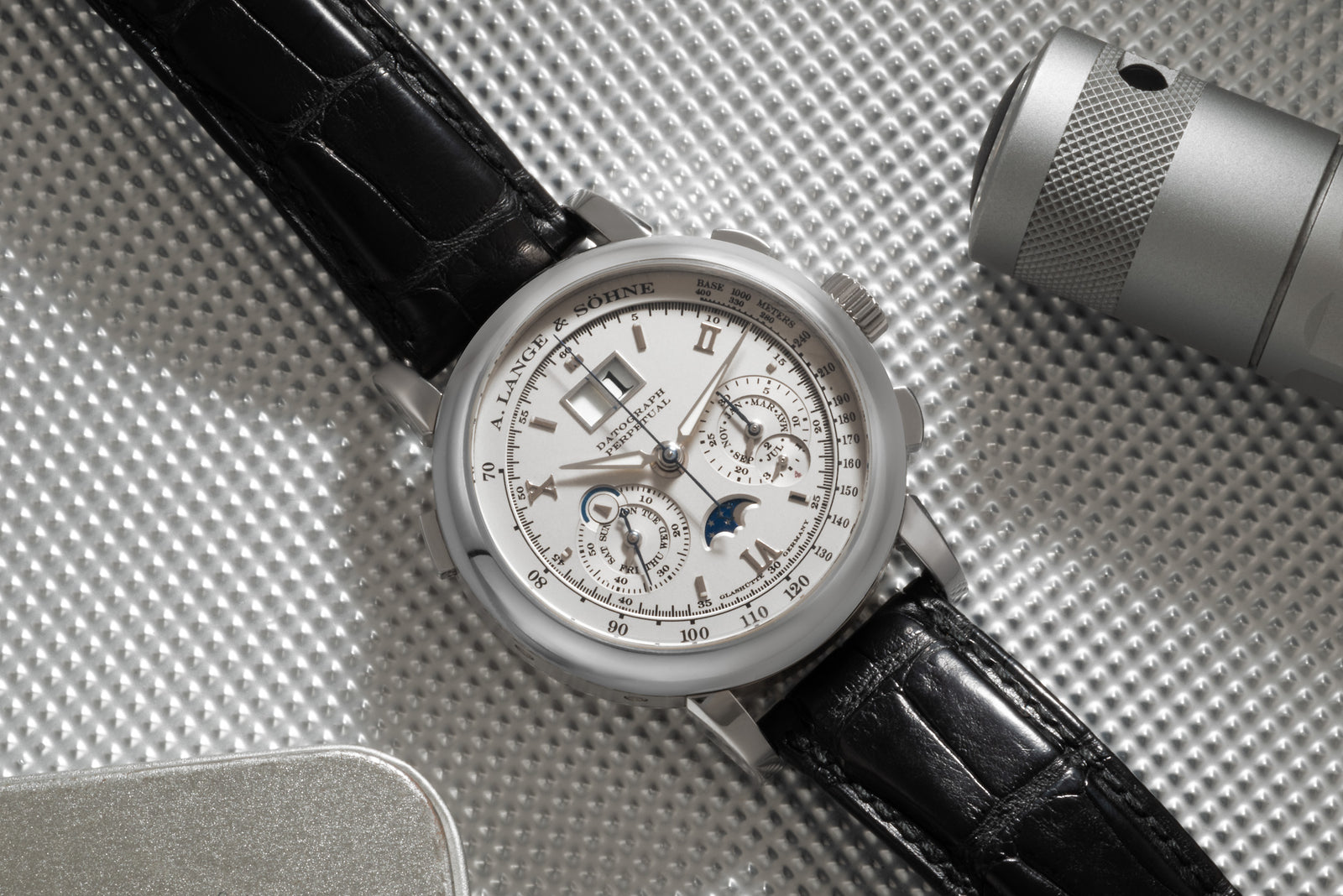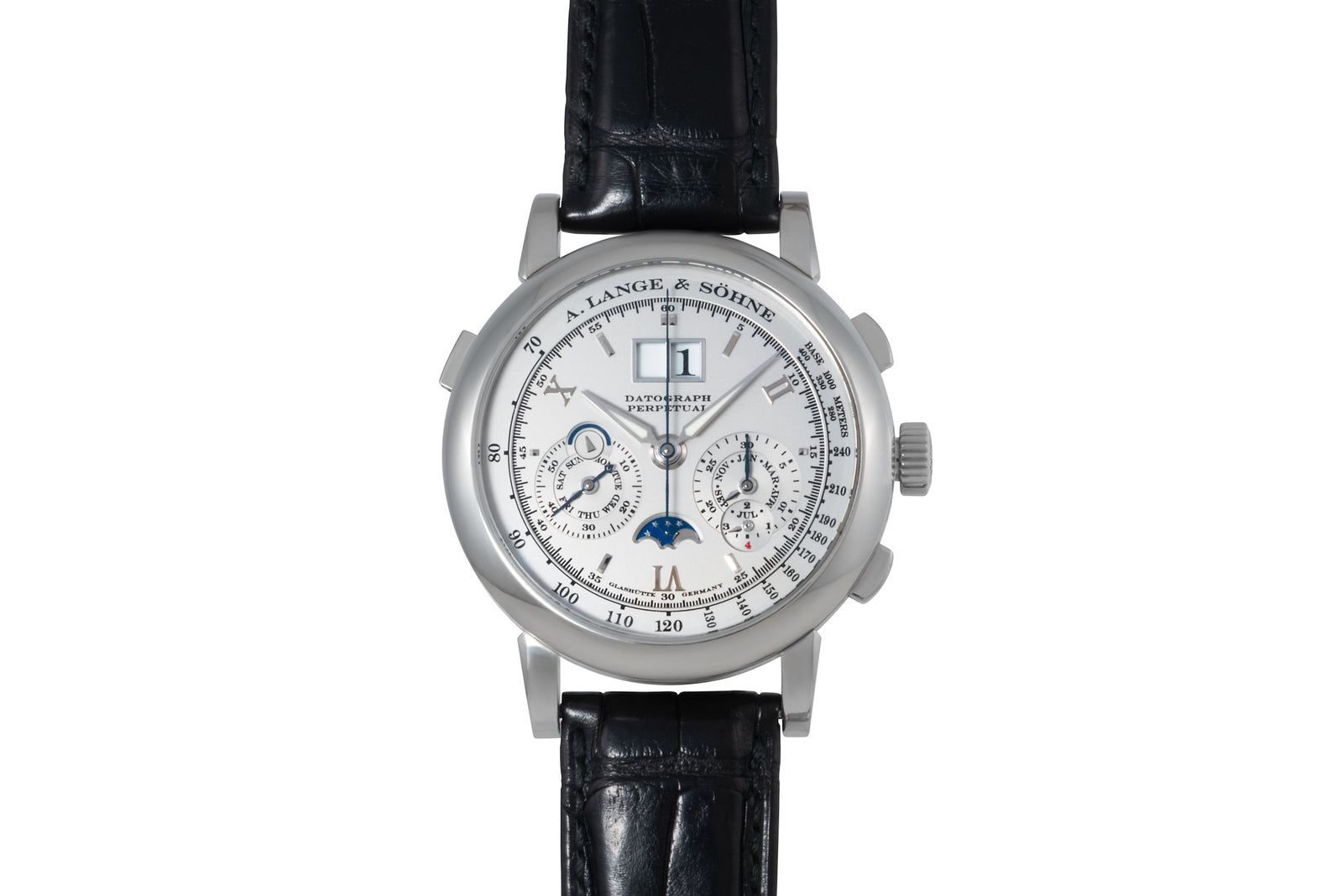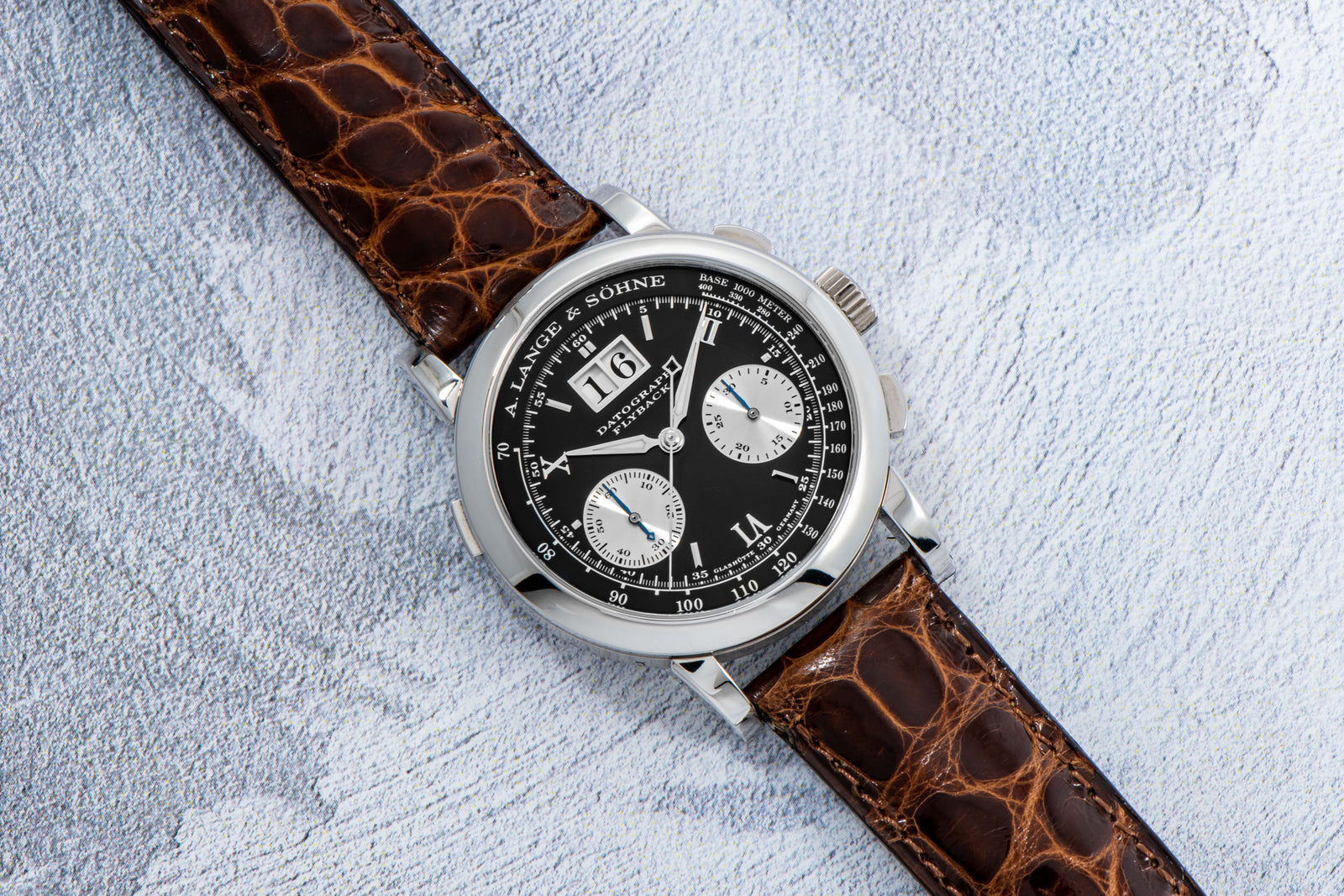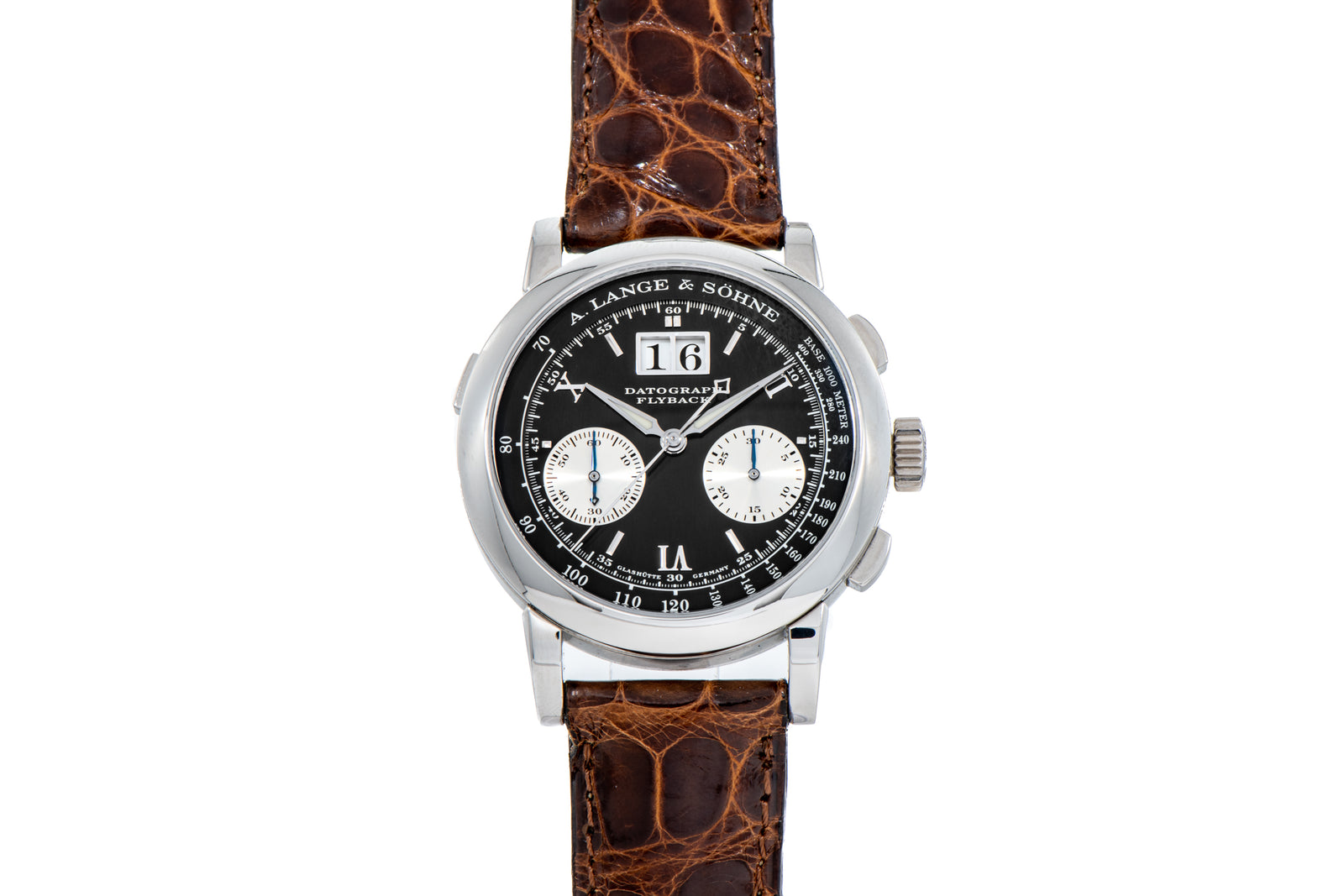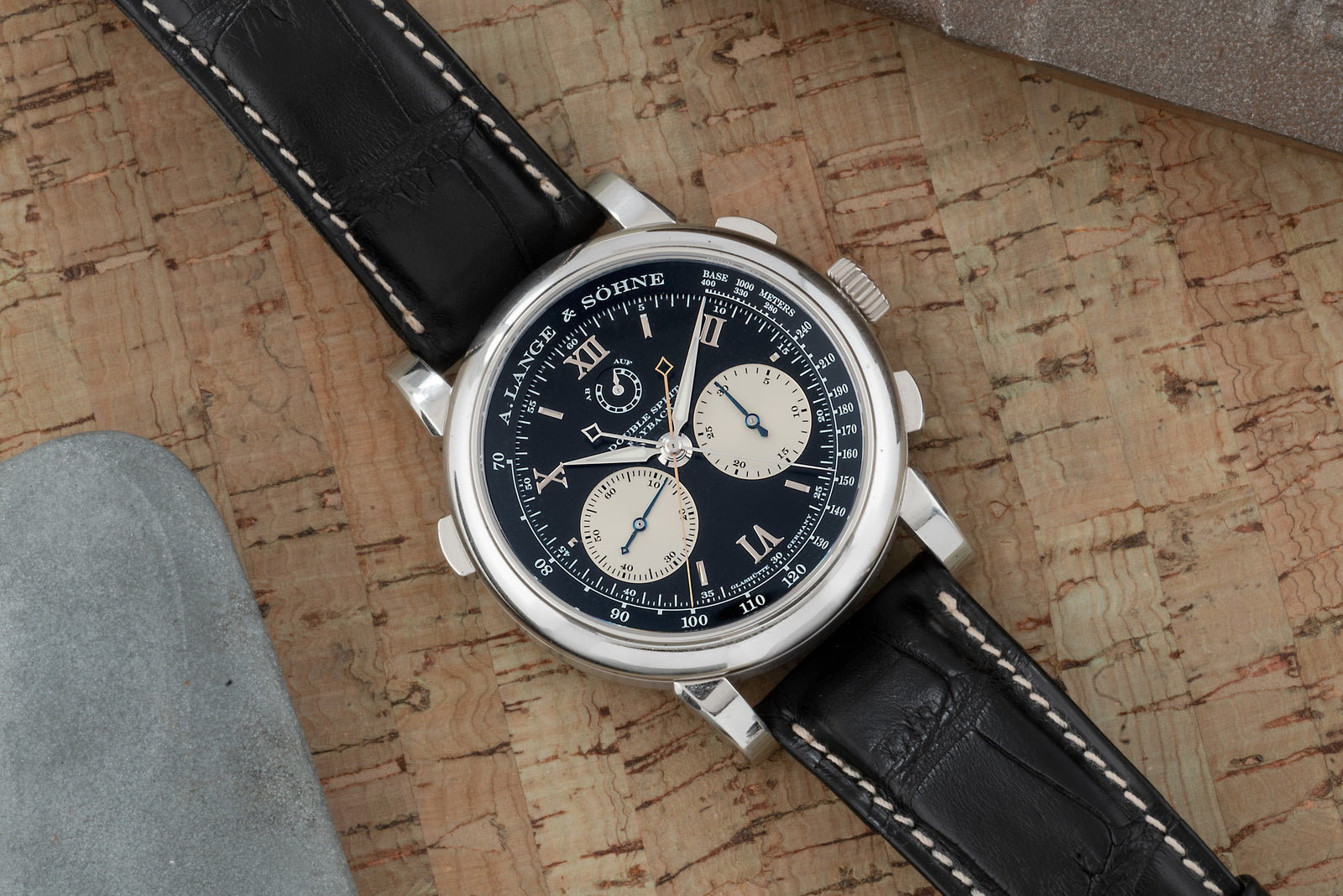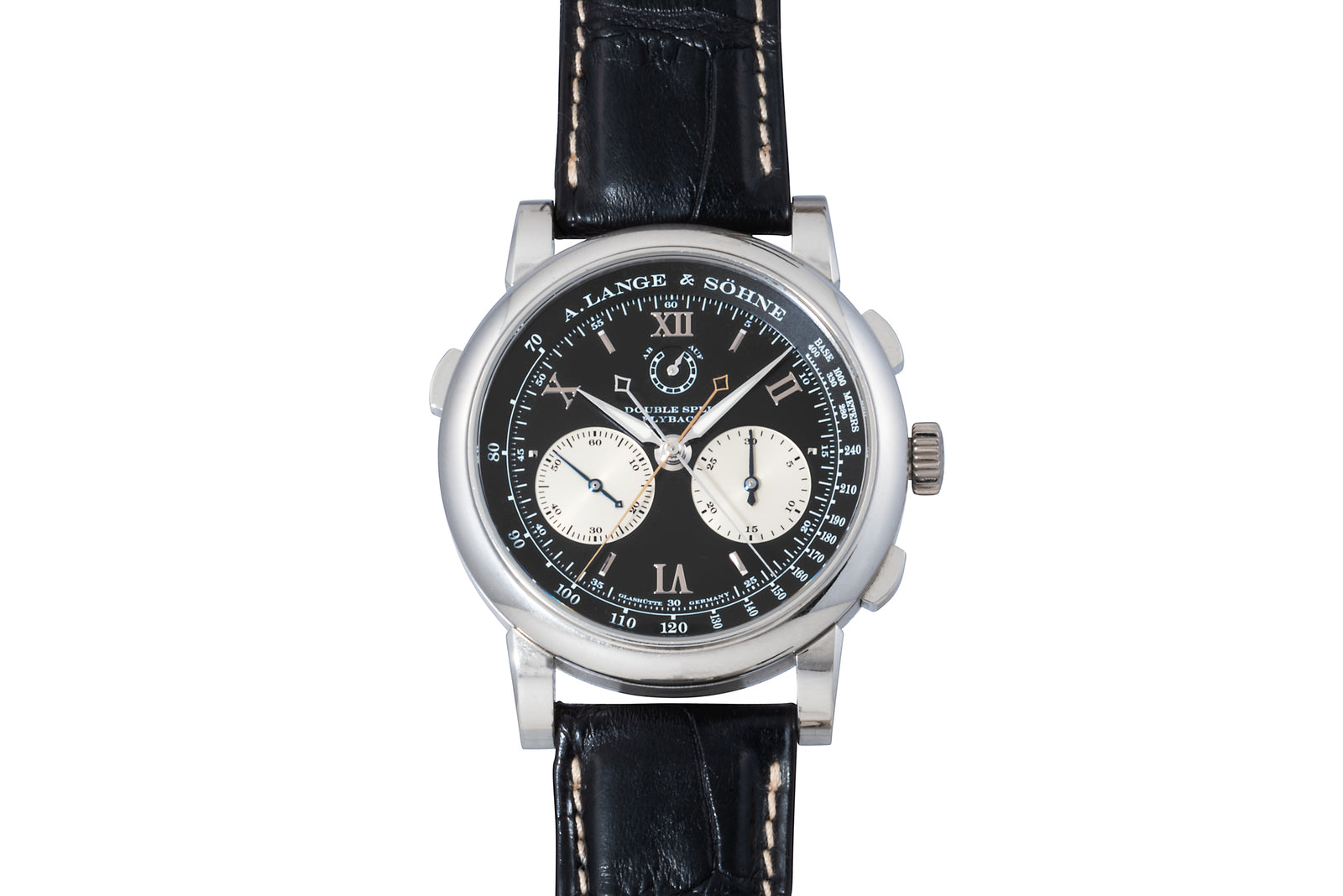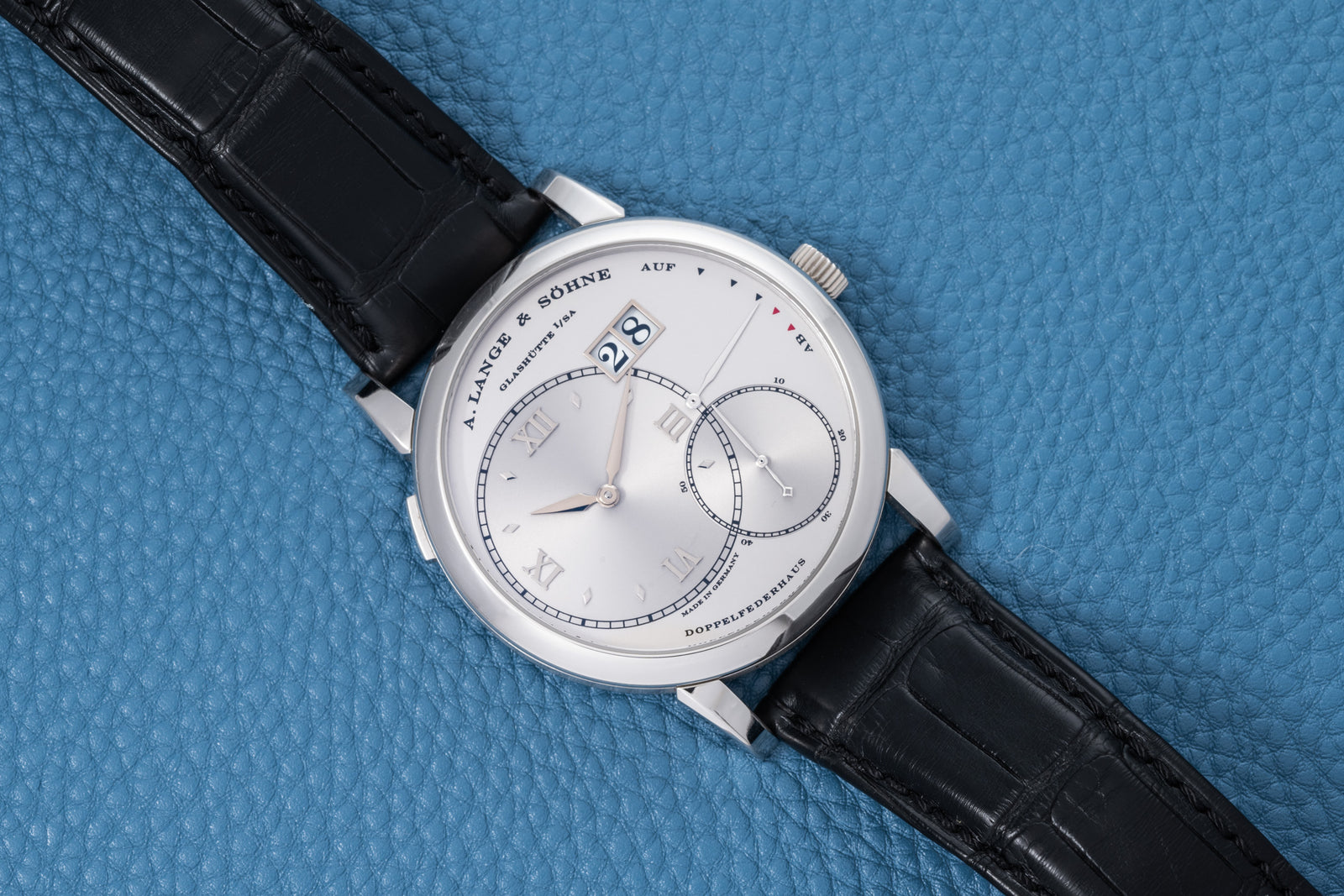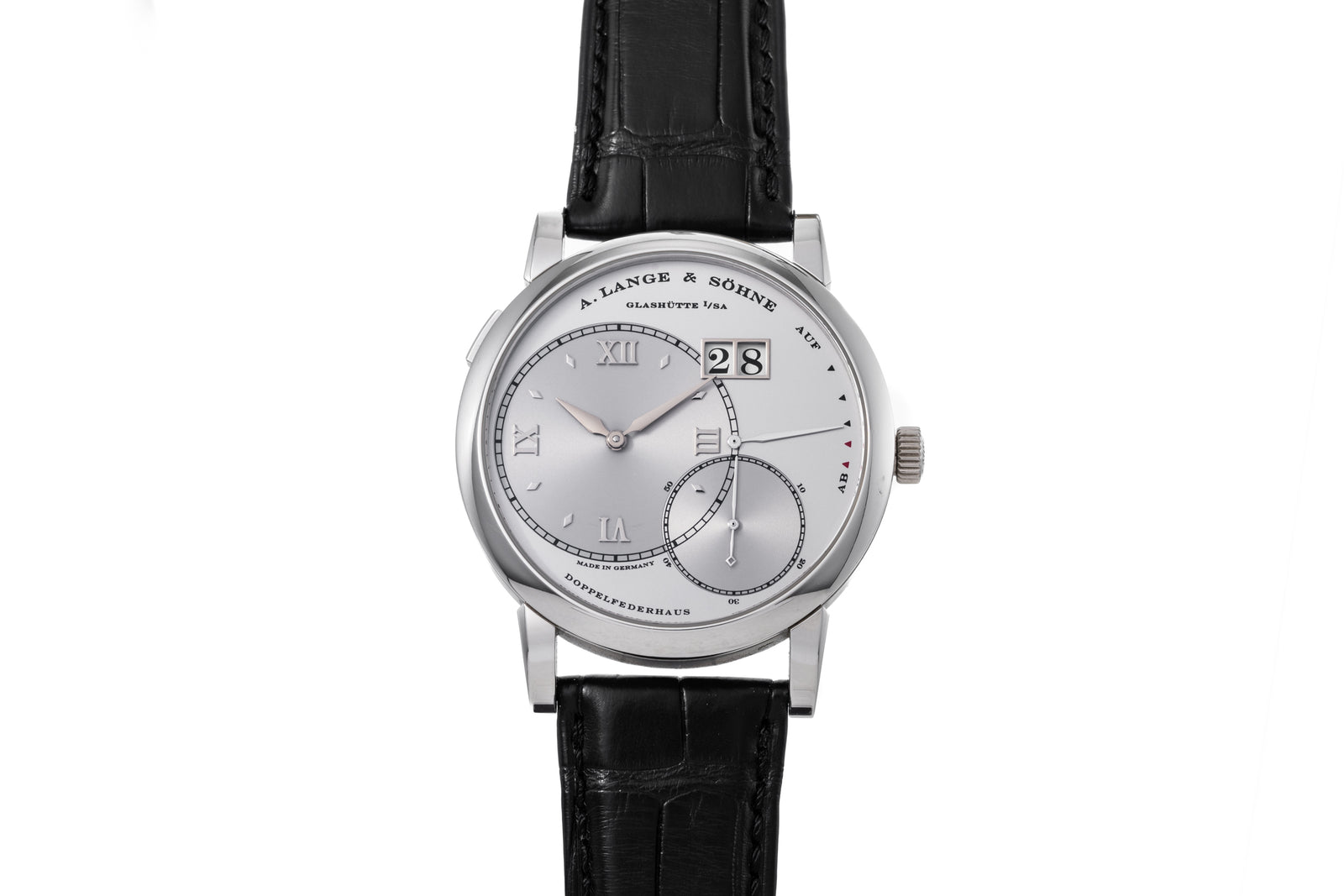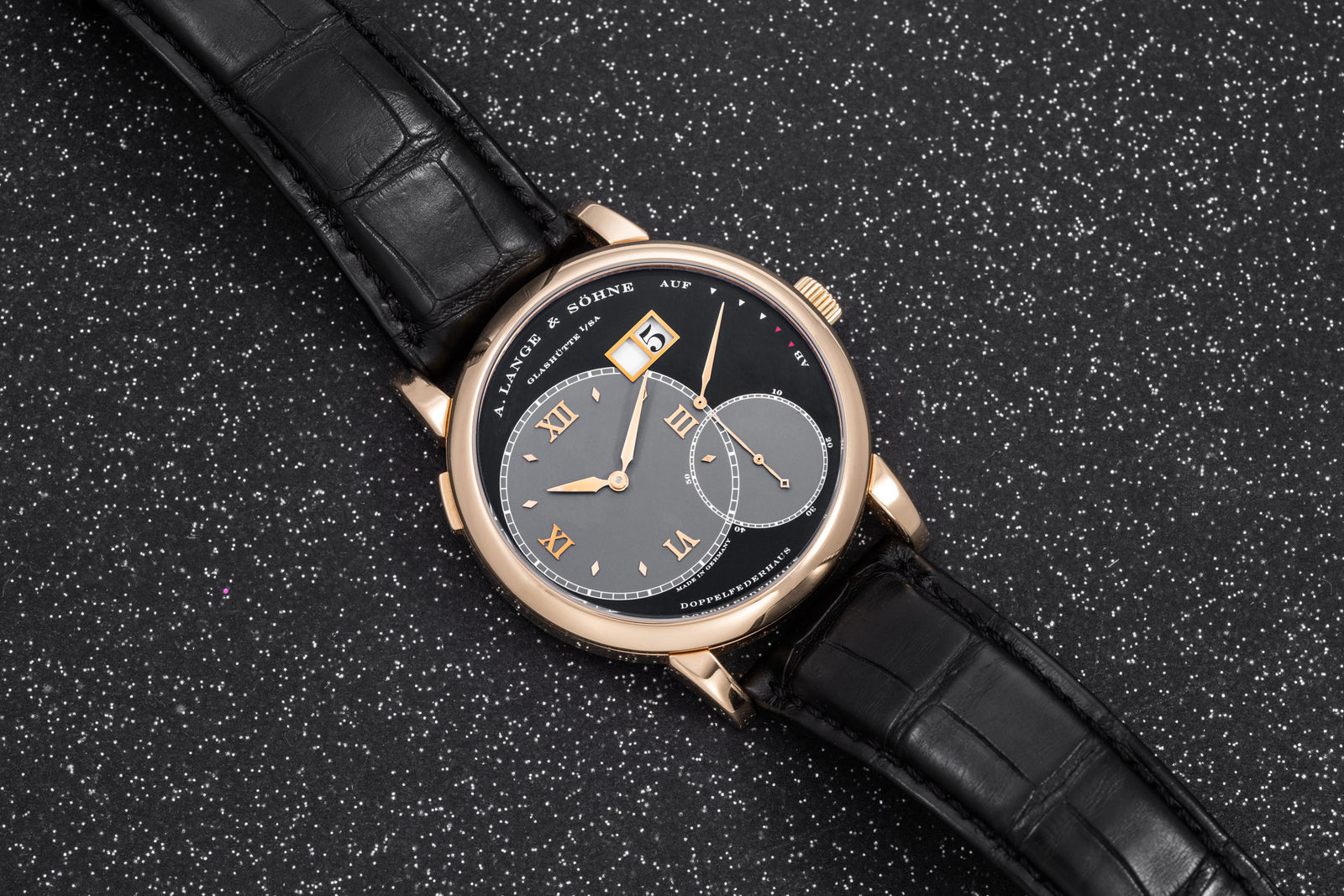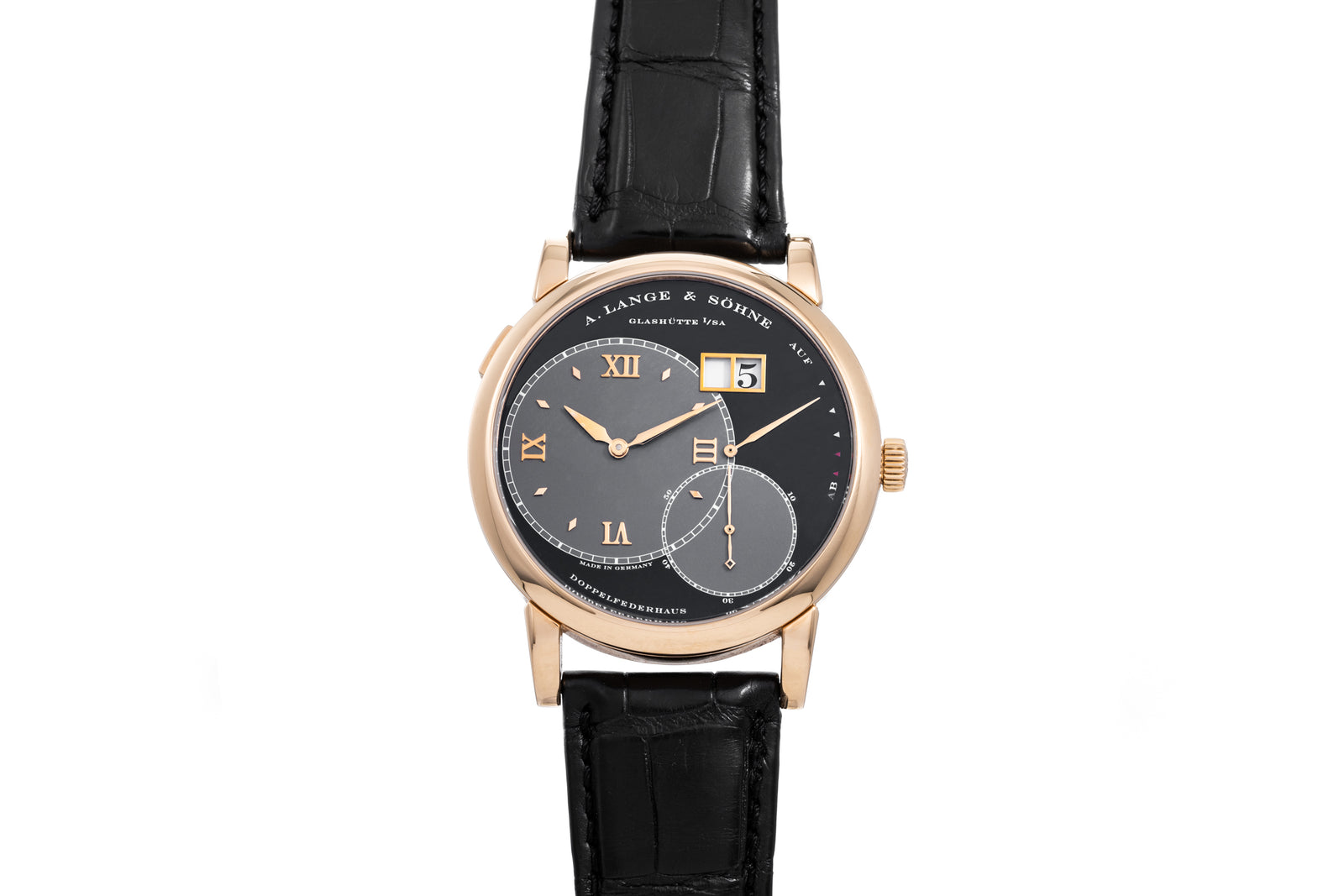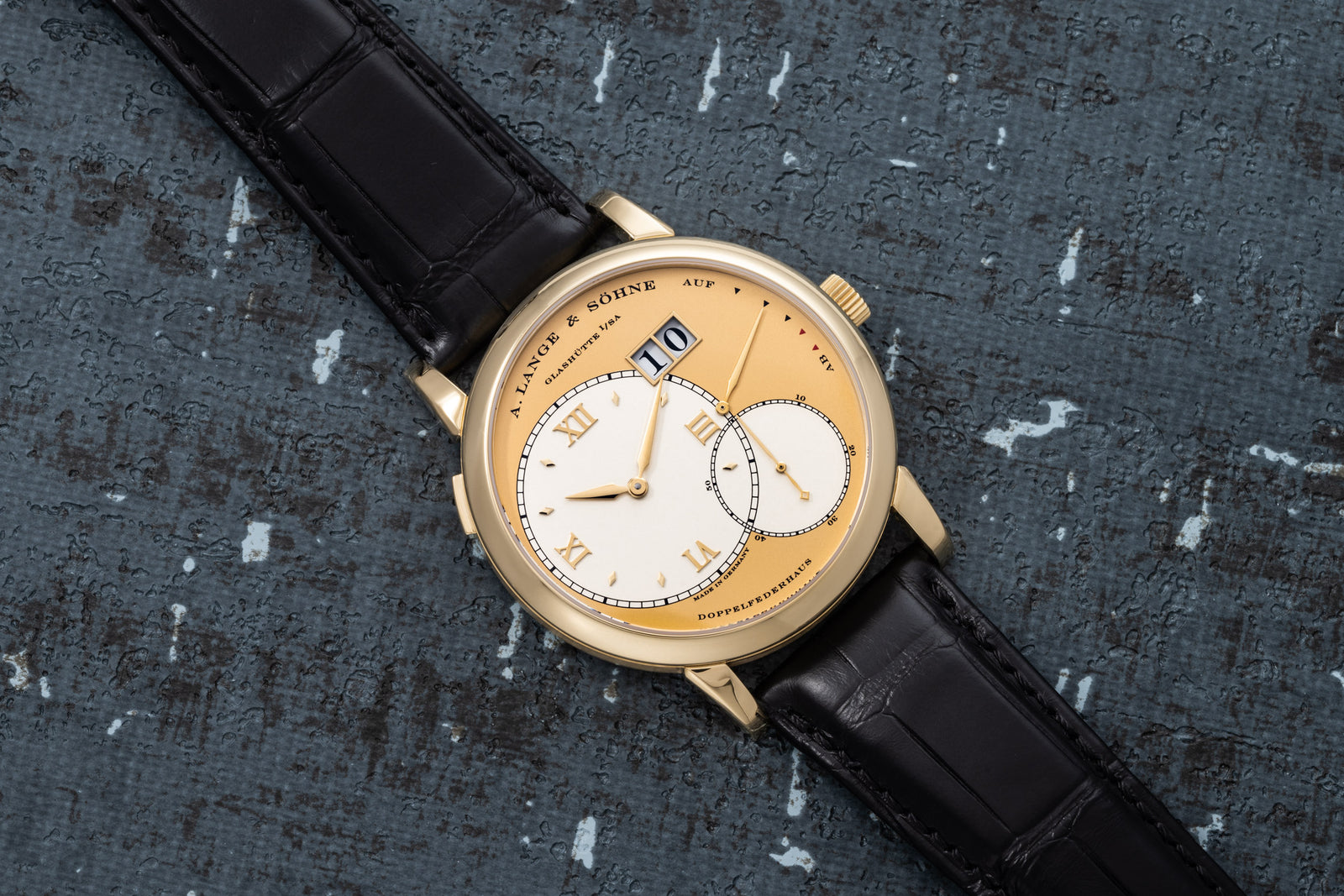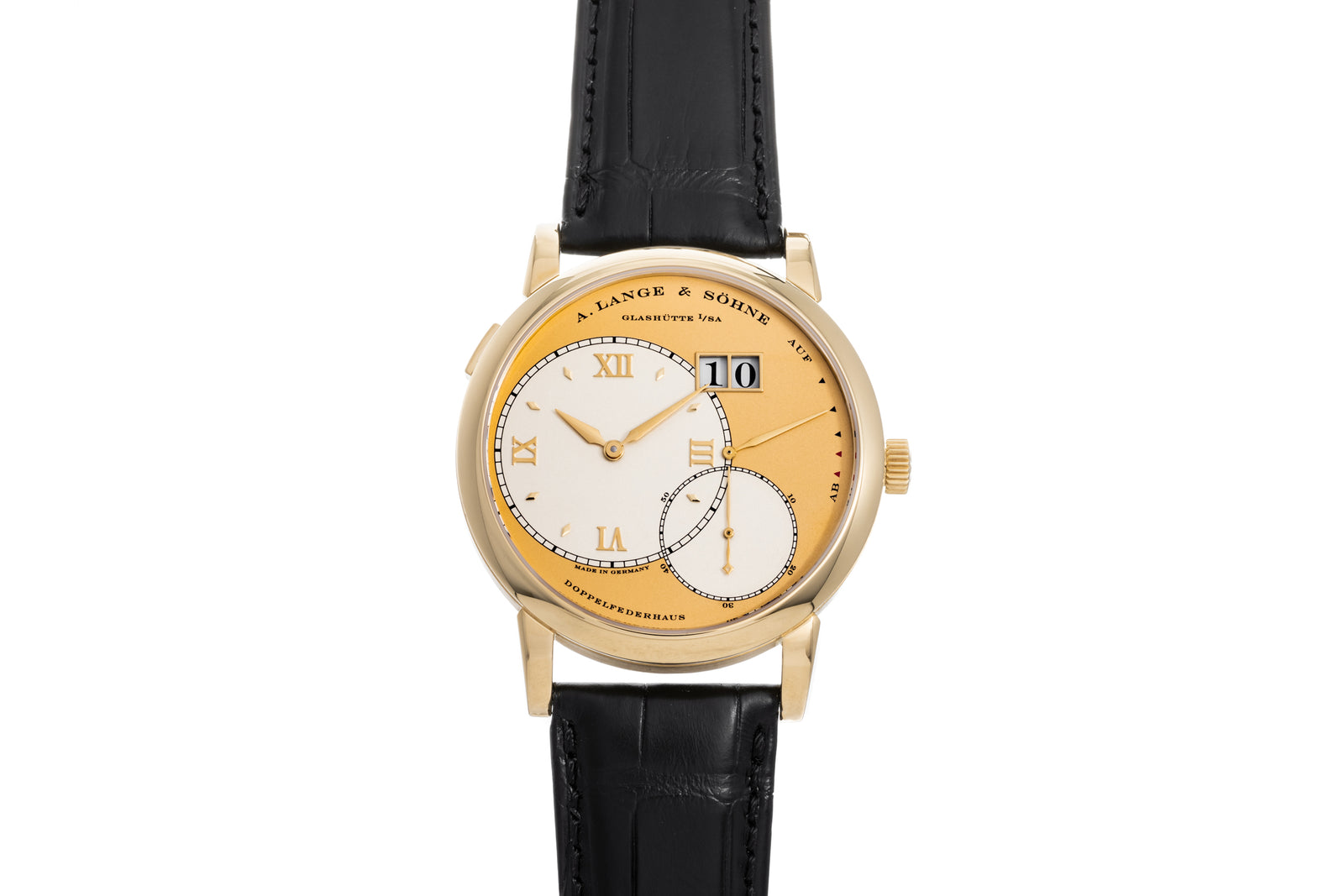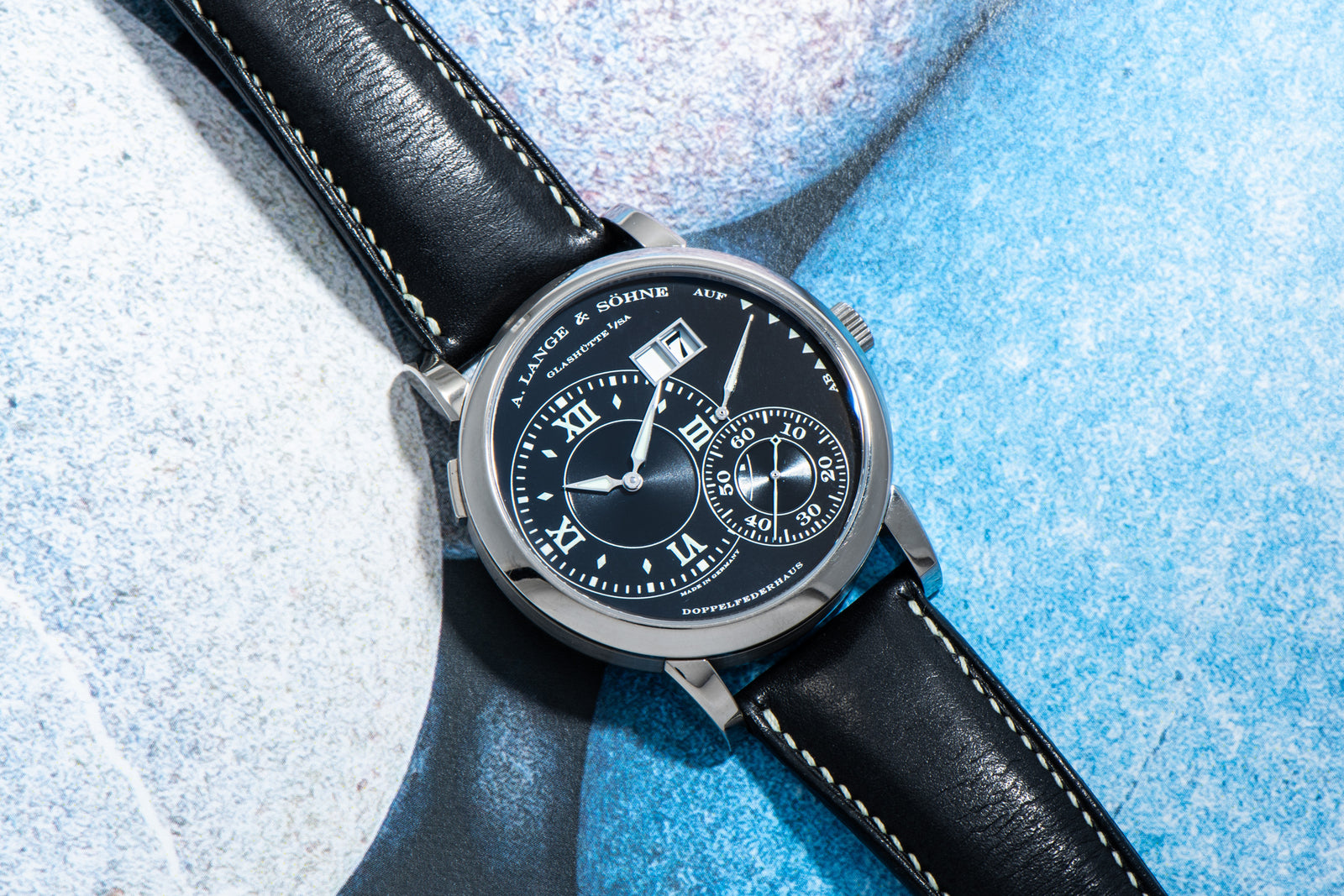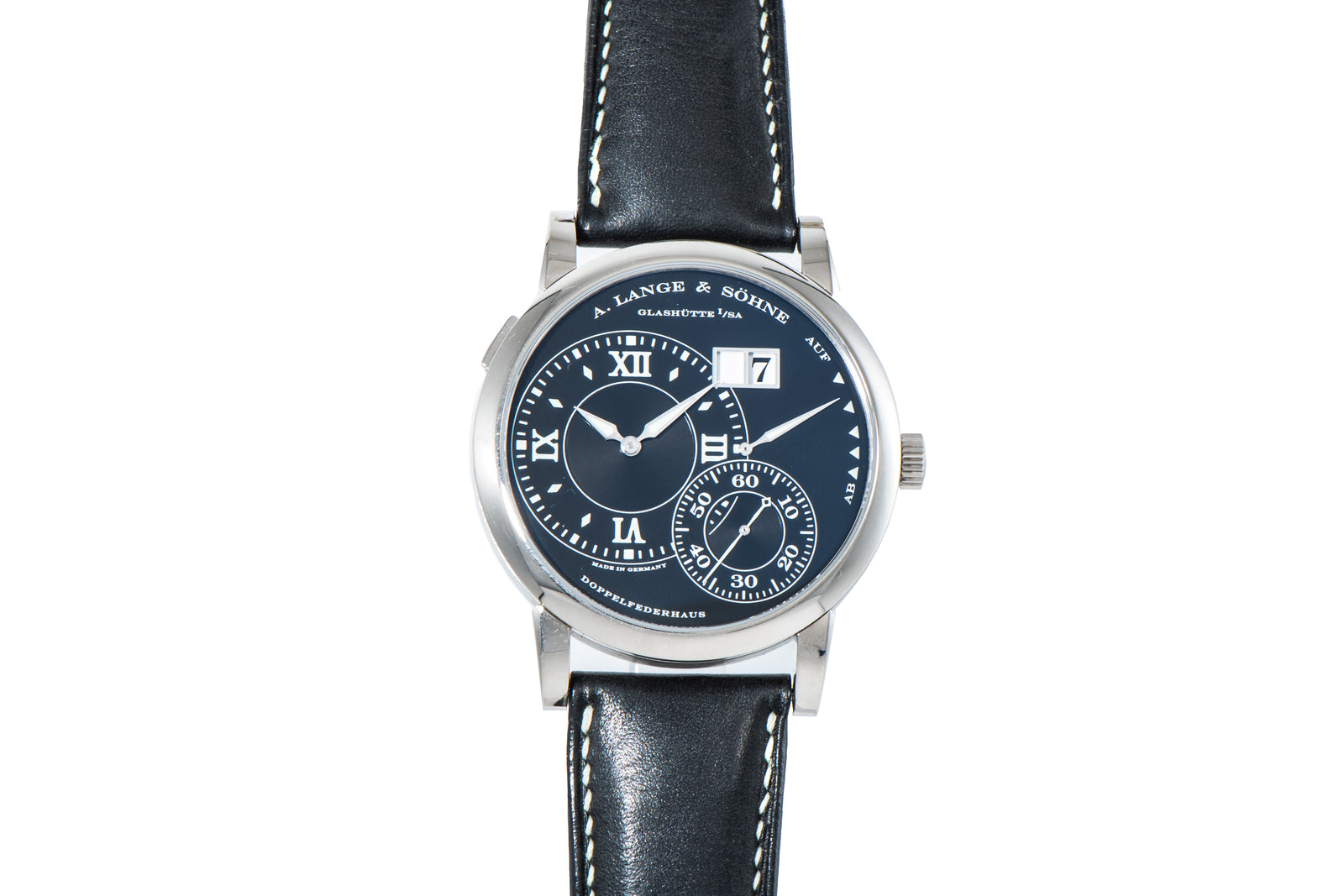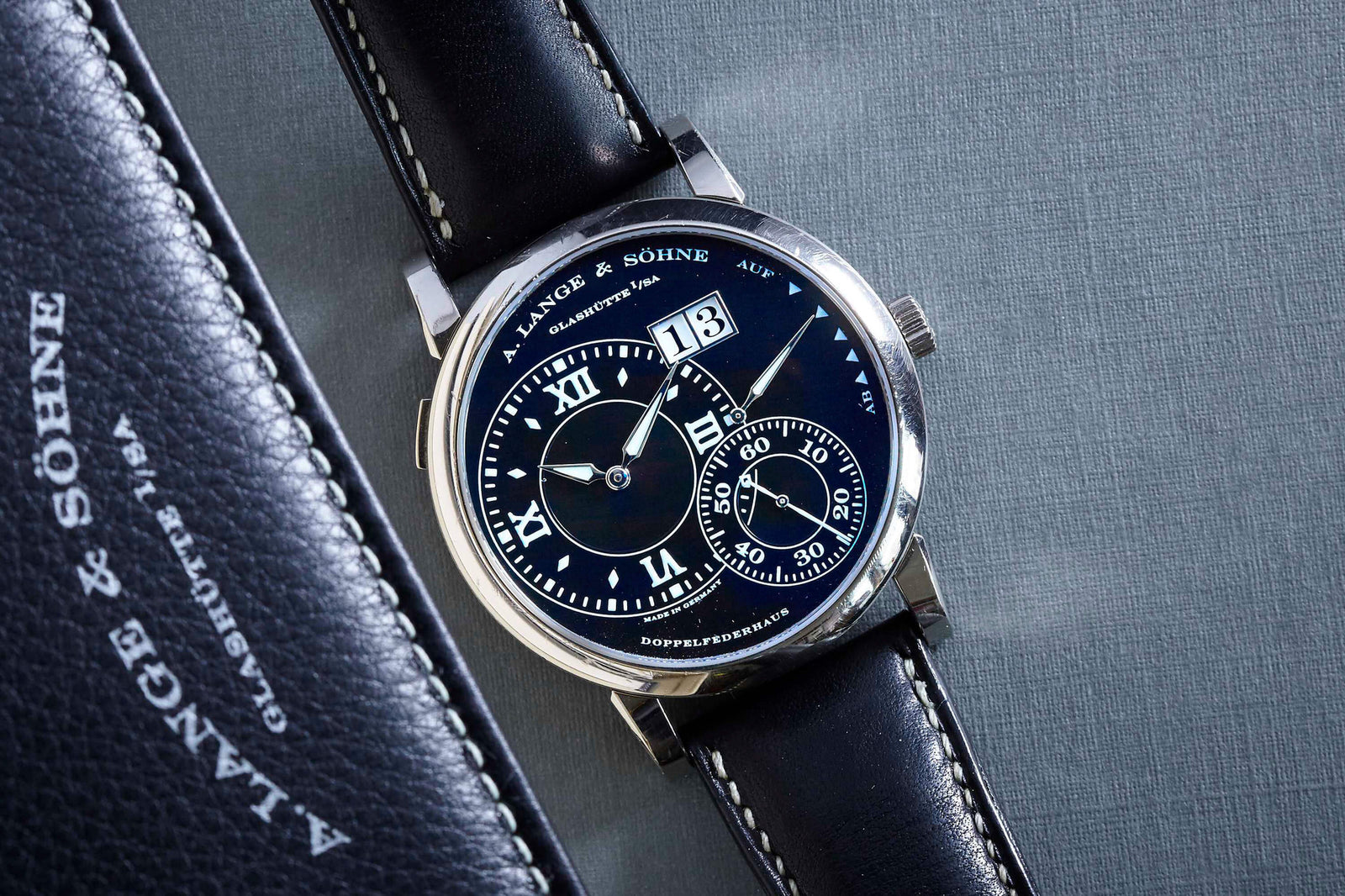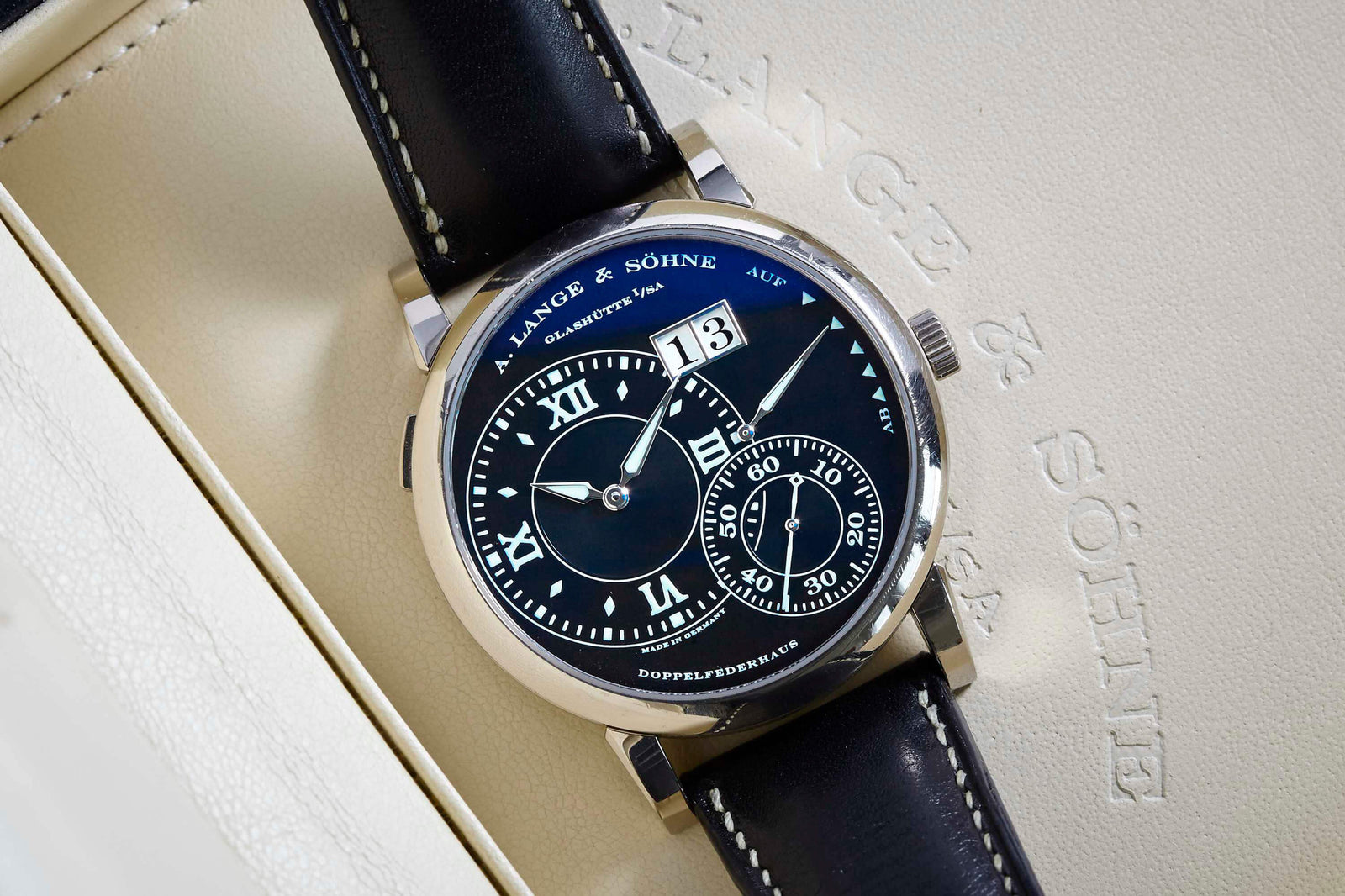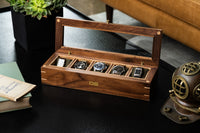Rolex Explorer II
- Soldspan>
- Sold
Why We Love it
–
Why We Love it
–The Himalayas. A region known for its dramatic peaks and picturesque valleys. For generations, Everest, K2, and Kangchenjungra have sung the siren song for mountaineers, and many have lost their lives in the attempt.
But there are some who venture to the Himalayas not to climb up, up to the very Roof of the World, but to delve deep into the caves that dot the landscape.
In 1968, mountaineer Maurice Herzog mentioned in his book about his ascent of Annapurna (the first ever achieved) that he’d seen a cave high up on the mountain. Before then, the Himalayas was known to have “a rather disappointing lack of spectacular cave development.” But Herzog’s discovery prompted British speleologists to mount an expedition to the region.
The following year, the British Karst Expedition was formed, consisting of ten members led by Dr. A.C. Waltham of Trent Polytechnic in Nottingham, England. With their eyes on the karst (that is, underground drainage systems like caves and sinkholes) of the High Himalaya, the expedition sought and secured support from over 150 entities. They agreed to travel overland, “for reasons of both economy and interest,” in a single large vehicle—which turned out to be, oddly enough, a fire engine that they “had to modify only slightly.”
The expedition set out on August 1, 1970 from London, catching the night boat from Dover. Though the journey was plagued from the start with crisis—two burst tires—the rest of the drive through Europe was trouble-free. When the expedition crossed into Asia, the members felt that their journey was truly underway at last.
By August 26 (after humorous incidents in Afghanistan and Pakistan, where they encountered an “endless camel train with a child on every hump” and found a scorpion in their coffee), they reached Kashmir.
After a trip to Srinagar to file the necessary paperwork (the area was guarded by a military checkpoint, where the guard refused entry until the expedition was approved by the local police), they set up camp on the banks of the River Sind. Their days were spent exploring the Amarnath Cave, site of an ancient temple, and trying to locate the source of the River Jhelum. On September 18 they passed into Nepal.
They were chagrined to learn the way ahead was blocked—the road to their destination, Pokhara, had been washed away in the monsoon, not to be repaired until the following year. With help from British Army officers (who gave them “a warm reception, tea, baths, the Times to read and a pool to swim in”) they arranged air transport to Pokhara. On September 21, the expedition set out for Pokhara in a plane operated by a Gurkha officer called Omnath.
On September 25 the expedition finally began the “walk-in” to their base camp—a walk of seventy miles through “steep, slippery paths through leech-infested jungle” on the first three days, as the monsoon season reached its end. But after the third day the group ascended into the valley of Kali Ganaki, an alpine region of pines and fir trees. The view was impressive—Annapurna and Nilgiri to the east, Dhaulagiri to the west.
In Tukche, the village which they established as their base camp, the locals told of caves near Kursangmo. So a party set off, climbing through a small hole under a waterfall. Inside they did indeed find a cave—small, but “well-decorated with pure white flowstone.”
Further trips resulted in the discovery of the cave that Herzog wrote about, but the members of the expedition were disappointed to find out that it was only 12 feet long.
While we don’t know what watches the intrepid journeyers carried in their kit, the Rolex Explorer II (Reference 1655)—which debuted in 1971, the year after the expedition—would have proved indispensable. Though the Explorer I traces its lineage to mountaineering, the Explorer II had at its heart the needs of speleologists like Waltham and his party. While mountaineers like Hillary and Norgay would be exposed to blinding sunlight on the peaks of Everest, cavers like Waltham would need a watch with bright lume and a fixed bezel.
This particular example is a Reference 16570 and dates from roughly 1995. With case proportions of the original 1655 model, this generation was fitted with an improved movement that offered a 12 hour hand that could be independently set (which also doubles as a semi-quickset date function). It also features a sapphire crystal and a heavy duty Oyster Bracelet with flip lock clasp, enhancing the daily wearability significantly.
And for the purists, the lume on the dial is tritium, which has just started to gain a creamy patina.
This example, coming with its original inner and outer boxes and booklet, is in very nice condition, showing just the right amount of wear. Paired with its 93150/501B bracelet with flip-lock clasp, it’s sure to be a sturdy companion. From backyard BBQs to spelunking in the Himalayas, the Explorer II is ready for anything.
A:S Guarantee
+
A:S Guarantee
+Our Pledge
Analog:Shift stands behind the authenticity of our products in perpetuity.
Condition
Since our pieces are vintage or pre-owned, please expect wear & patina from usage and age. Please read each item description and examine all product images.
Warranty
We back each Analog:Shift vintage timepiece with a one-year mechanical warranty from the date of purchase.
International Buyers
Please contact us prior to purchase for additional details on shipping and payment options.
Shipping & Returns
+
Shipping & Returns
+All of our watches include complementary insured shipping within the 50 states.
Most of our products are on hand and will ship directly from our headquarters in New York City. In some cases, watches will be shipped directly from one of our authorized partners.
We generally ship our products via FedEx, fully insured, within 5 business days of purchase. An adult signature is required for receipt of all packages for insurance purposes. Expedited shipping is available at an additional cost. We are also happy to hand deliver your purchase in Manhattan or you may pick it up at our showroom.
Returns must be sent overnight or by priority international delivery, fully insured and paid for by the customer. A restocking fee may apply. Watches must be returned in the same condition as initially shipped.
We welcome international buyers, please contact us prior to purchase for additional details on shipping and payment options.









Rolex Explorer II
- Soldspan>
- Sold








